How To Test Dropshipping Products In 2025? [10 Key Strategies]
I'm looking for...
How can you test products dropshipping to find winners and avoid wasting money on duds?
This guide breaks down practical strategies to help you understand market demand, fine-tune your product selection, and grow your store with confidence.
Testing is a must for every dropshipping business—it’s how you figure out what your audience loves and set yourself up for success.
Ready to learn the ropes? Let’s dive in!
Create Your Online Store in just 5 Minutes – For Free
Pick your niche, our AI builds your store, add 10 winning products and we teach you how start selling today. Start picking your niche
Key Takeaways
| Strategy | What To Do? |
|---|---|
| Create Hypotheses |
|
| Analyze Market Demand |
|
| Order and Evaluate Supplier Samples |
|
| Run A/B Testing |
|
| Leverage Social Media Ads |
Instagram:
|
| Gather Customer Feedback |
|
| Test Across Multiple Channels |
|
| Benchmark Against Competitors |
|
10 Product Testing Strategies For Dropshipping
Testing products effectively in dropshipping requires several key steps, including forming hypotheses, assessing market demand, and evaluating supplier samples.
These strategies are crucial for minimizing risks and maximizing success in your business endeavors.
1. Create Hypotheses
Creating a hypothesis for product testing is all about making informed guesses based on research and trends.
Start by identifying potential niches using tools like Google Trends, Exploding Topics, or TikTok hashtags.
For instance, if “minimalist home décor” is trending, consider testing products like sleek vases or wall art.
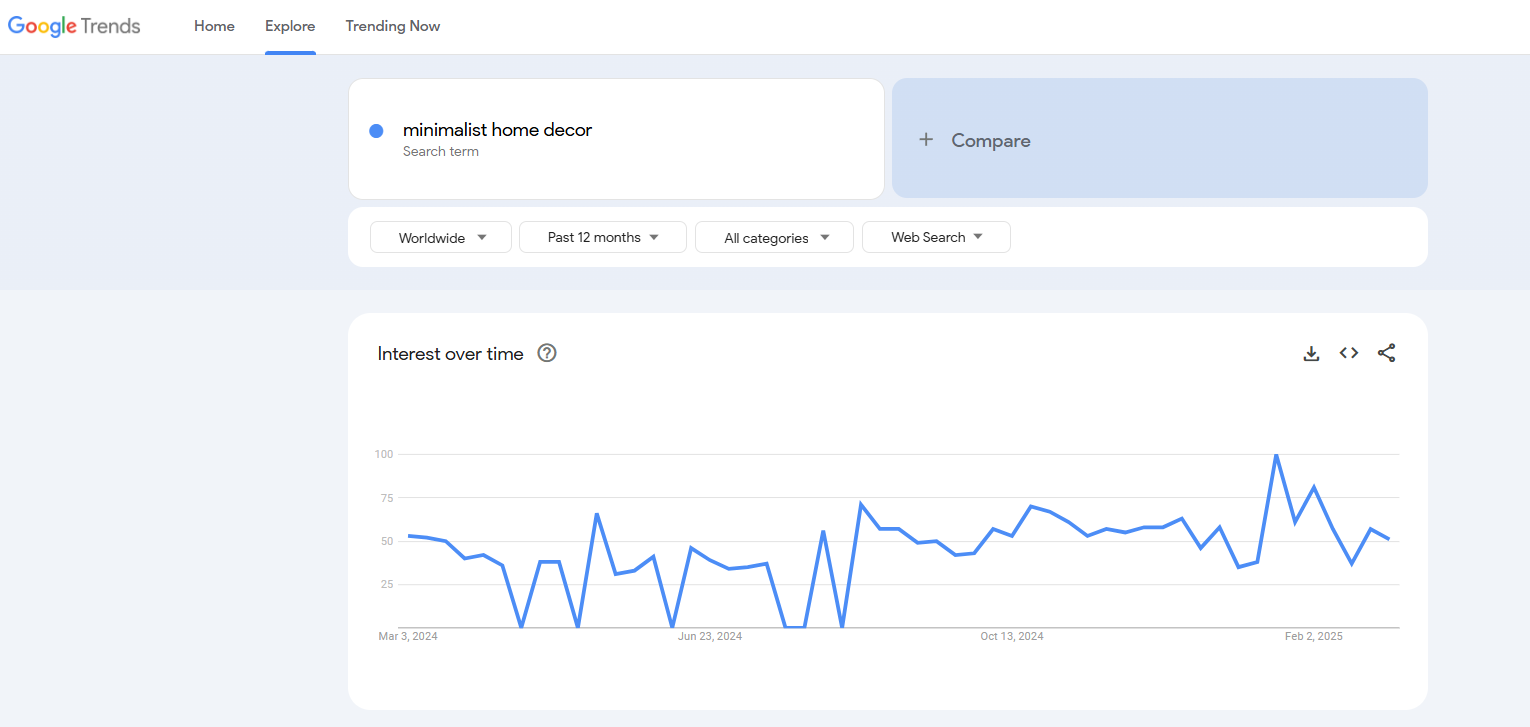
Think about your audience—young professionals might love stylish yet functional items, while parents might prioritize practicality. Seasonal trends also matter; cozy blankets could thrive in winter, while insulated water bottles may dominate summer sales.
For example, you can create several Ideal Buying Personas by using Canva Templates.
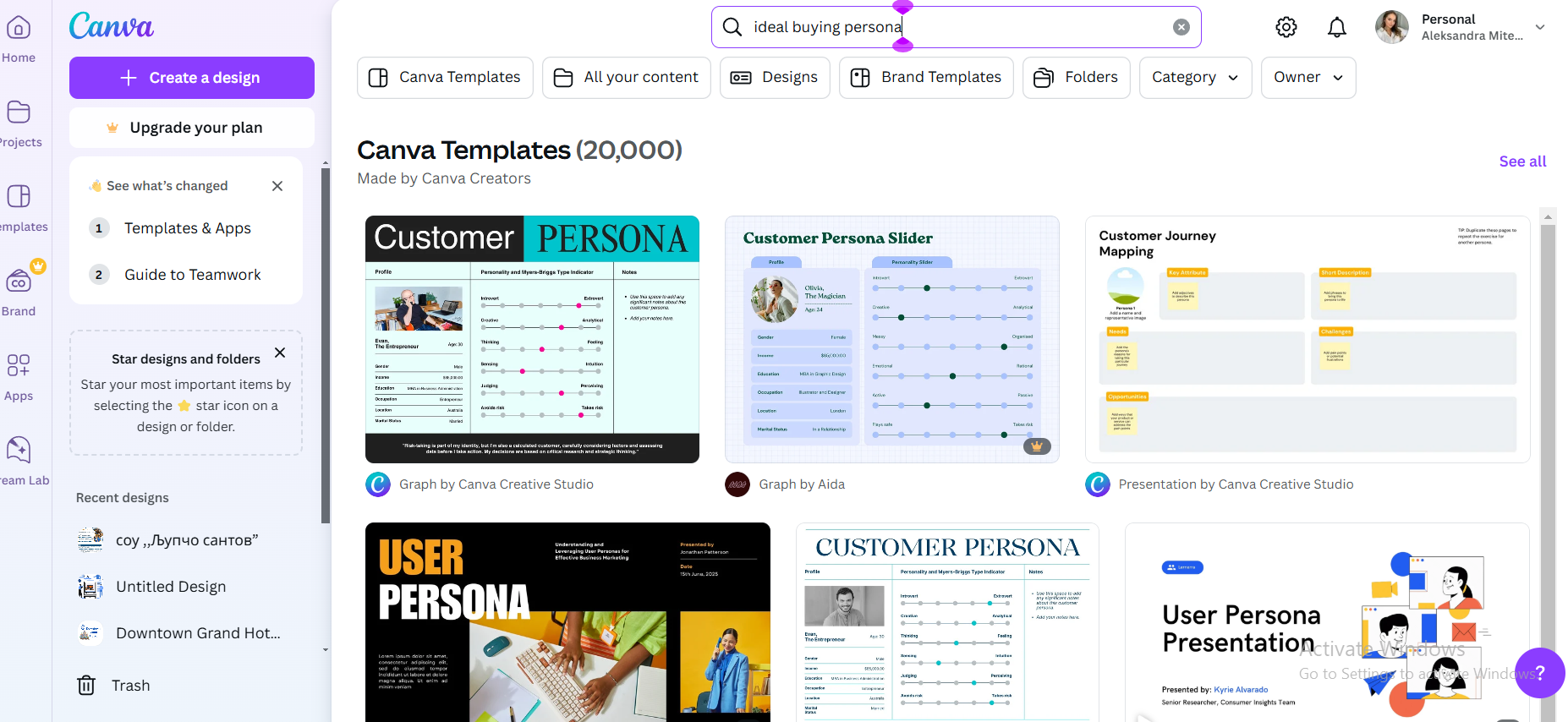
Gathering insights helps refine your hypothesis. Analyze trends, like weighted hula hoops for fitness enthusiasts, to see what’s hot.
Moreover, check customer reviews on Amazon or forums like Reddit to uncover recurring issues—if many mention a product feels flimsy, test a sturdier version.
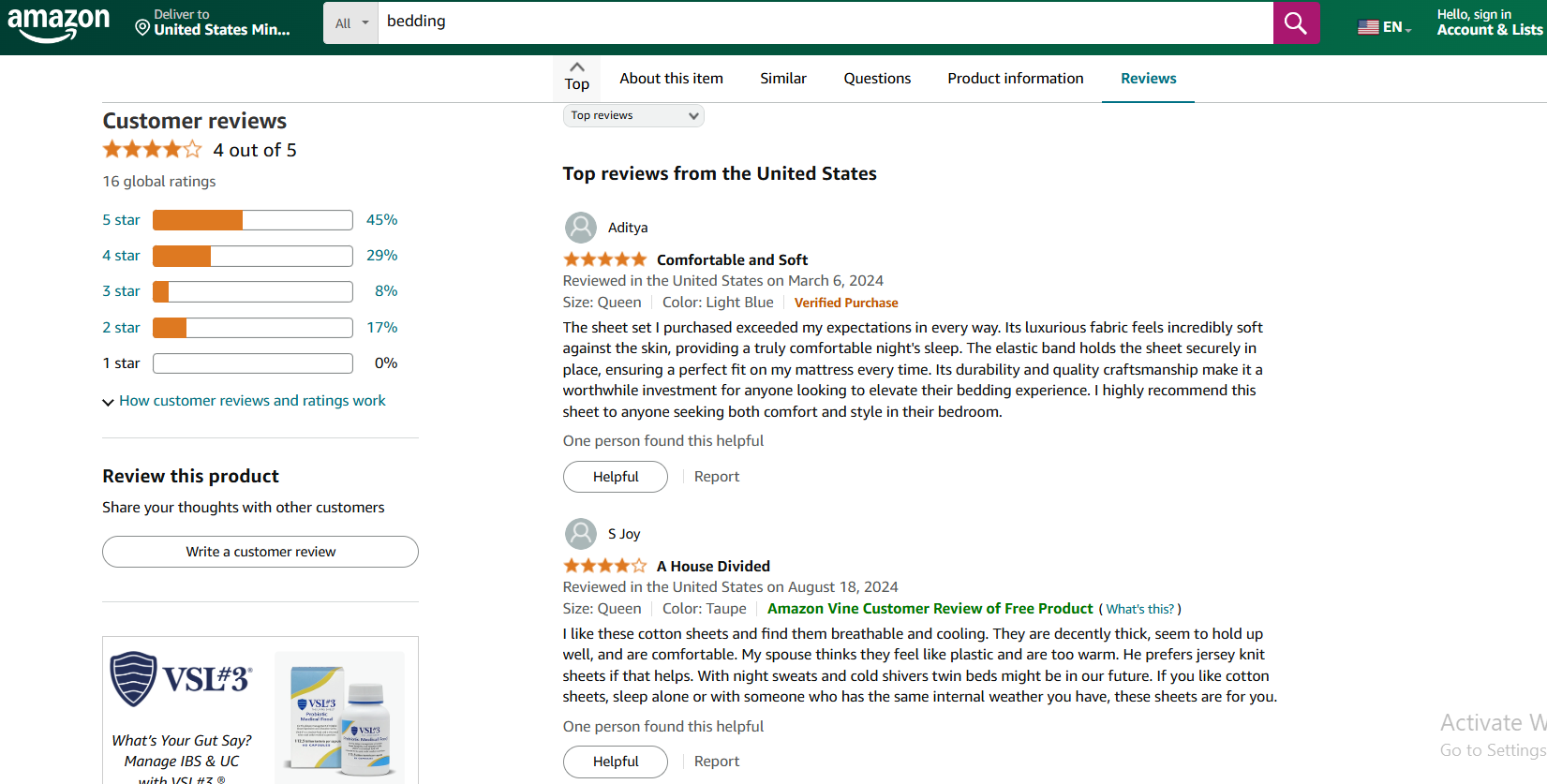
Furthermore, competitive research is crucial too. If eco-friendly water bottles are your competitor’s top sellers, your hypothesis could be: “Sustainable water bottles will attract environmentally-conscious buyers.”
Once your hypothesis is ready, test it on a small scale. List the product with minimal stock or run short ad campaigns to gauge interest. For example, offer portable resistance bands and track sales.
A clear hypothesis ensures smarter testing, saves time, and boosts your chances of finding a winning product.
2. Analyze Market Demand
If you want to test products for dropshipping this strategy is the key to picking dropshipping products with real potential. It’s not just about what looks trendy; it’s about finding what people actually want to buy.
Therefore, you can start by using tools like Google Trends or SEMrush to check what’s gaining traction.
For example, if “smart home devices” are trending, it might be the perfect time to test products like Wi-Fi plugs or smart lightbulbs.
So, what I will do is go to Google Trends, check on interest over time, and search queries. So, based on these results, it is a green light for me.
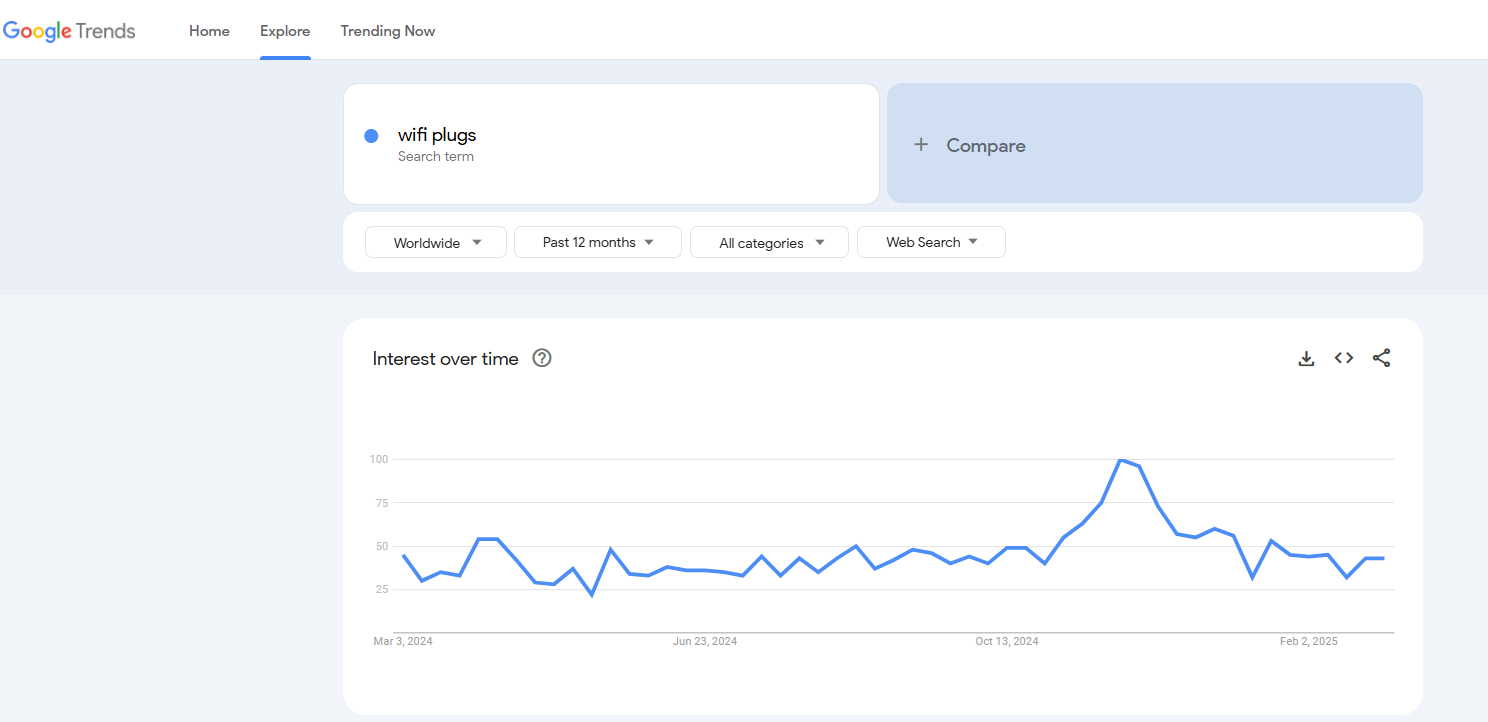
Next, Semrush gives me valuable data about how customers search, and what competitors do.
The keyword “wifi plugs” has 480 monthly searches in the US and a global volume of 3.6K, with a moderate difficulty (51%) for ranking and commercial intent, indicating strong buying interest.
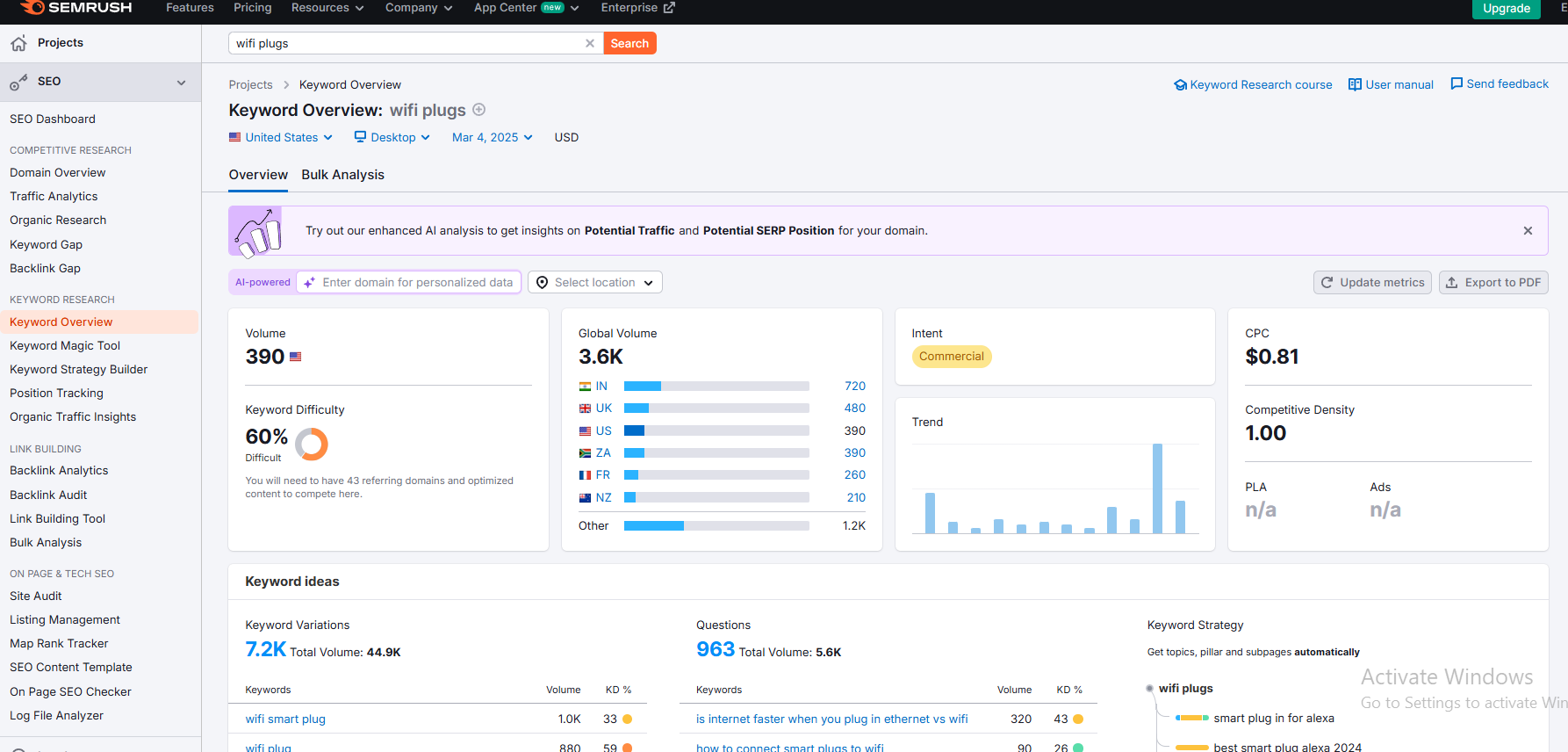
Also, competitors heavily target this keyword with a CPC of $0.55 and high ad competition (1.00), making it ideal for product testing in competitive markets.
These tools help you see what people are actively searching for, so you’re not just guessing.
Dive in Sales Trends
Next, dive into sales trends within your niche. Hence, you can take a look at best-sellers on platforms like Amazon or Etsy to see what’s consistently popular.
If a certain product keeps popping up, that’s a good sign it’s in demand. But here’s the trick: don’t stop there.
For example, I find trending products on Amazon Movers & Shakers.
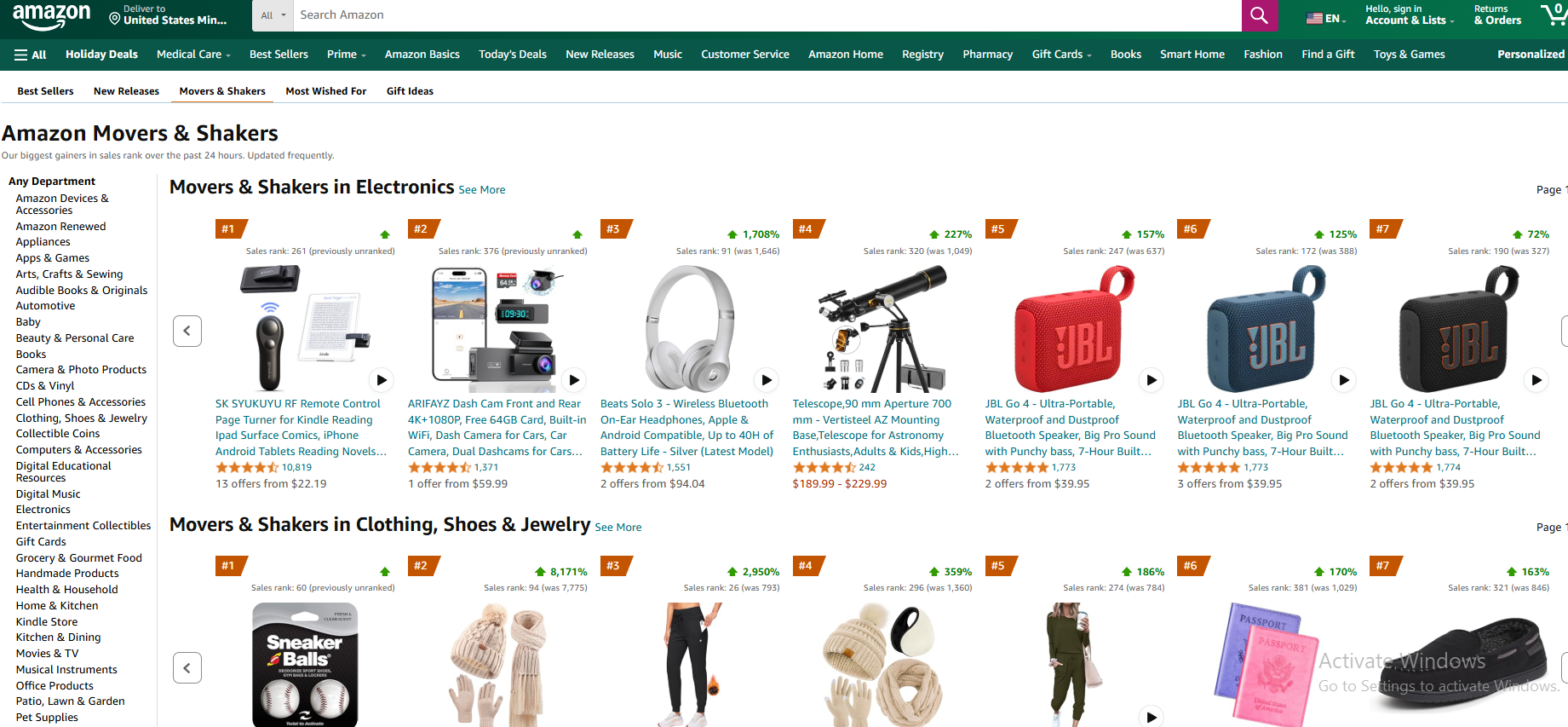
Also, to test products for dropshipping properly, I suggest you look for opportunities in less crowded spaces. For instance, eco-friendly phone cases could have untapped potential compared to the oversaturated market of standard cases.
Focus on products that solve problems or meet specific needs. For example, ergonomic desk accessories are booming because more people are working from home.
Plus, product research tools like Minea often offer insights into market trends, so take advantage of them. With the right research, you’ll reduce the risk of slow sales and pick products that truly resonate with your audience.
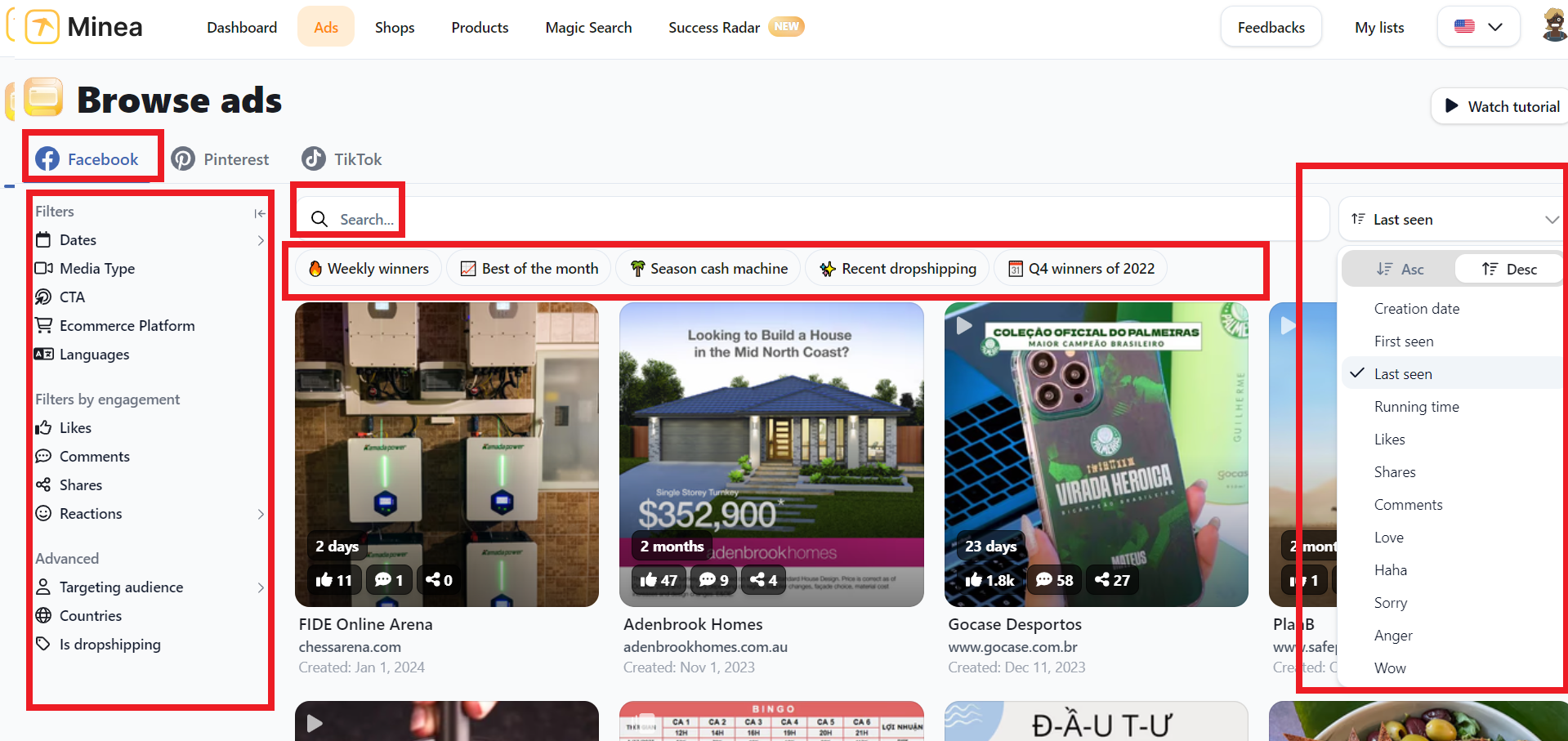
3. Choose Reliable Dropshipping Suppliers and Evaluate Supplier Samples
Finding reliable suppliers is one of the most important steps in keeping your products high-quality and your customers happy. Verifying a supplier’s quality dropshipping is crucial to ensure the success of your business.
Personally, I like using the Dropshipping.com Supplier Directory to search for suppliers. It’s easy to browse and connects you with trusted options, which makes the process much smoother.
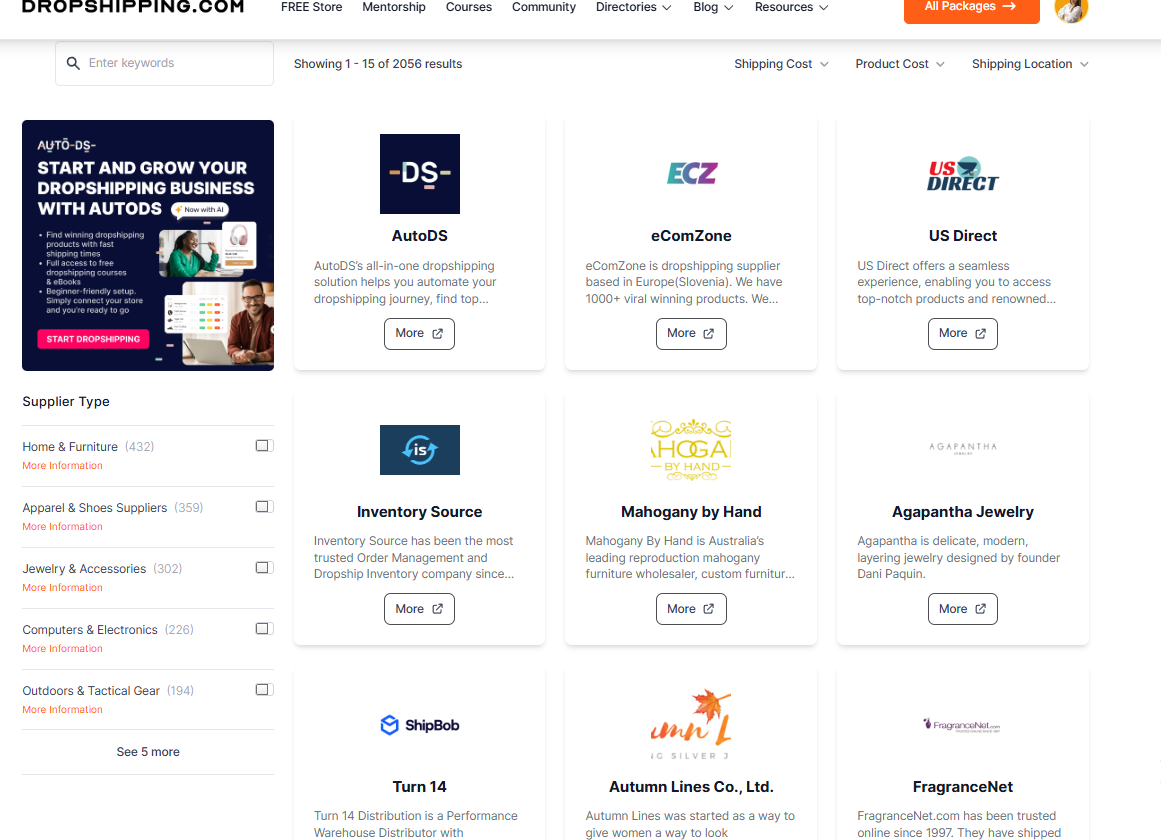
Before you commit to any supplier, always order samples of their products. This step might seem like extra work, but it’s worth it to avoid problems later.
For example, I once tested a supplier offering minimalist watches. The photos looked great, but when the sample arrived, the quality was disappointing, and the packaging wasn’t good enough. Testing first saved me from unhappy customers and returns.
When you’re evaluating suppliers, look at three key things. First, check their shipping time—order a sample to see how quickly they deliver and whether the product arrives in good condition.
Second, make sure the product quality matches its description and your expectations.
Finally, see how responsive they are. A good supplier should reply quickly and be helpful if issues come up.
4. Listen to Your Customers: Why Feedback is Your Secret Weapon
Collecting customer feedback from your target audience is one of the simplest yet most effective ways to test your dropshipping products.
Start by reaching out to customers who’ve already purchased from you. Use tools like Google Forms, Typeform, or built-in survey options on platforms like Shopify to create short, easy-to-answer surveys.
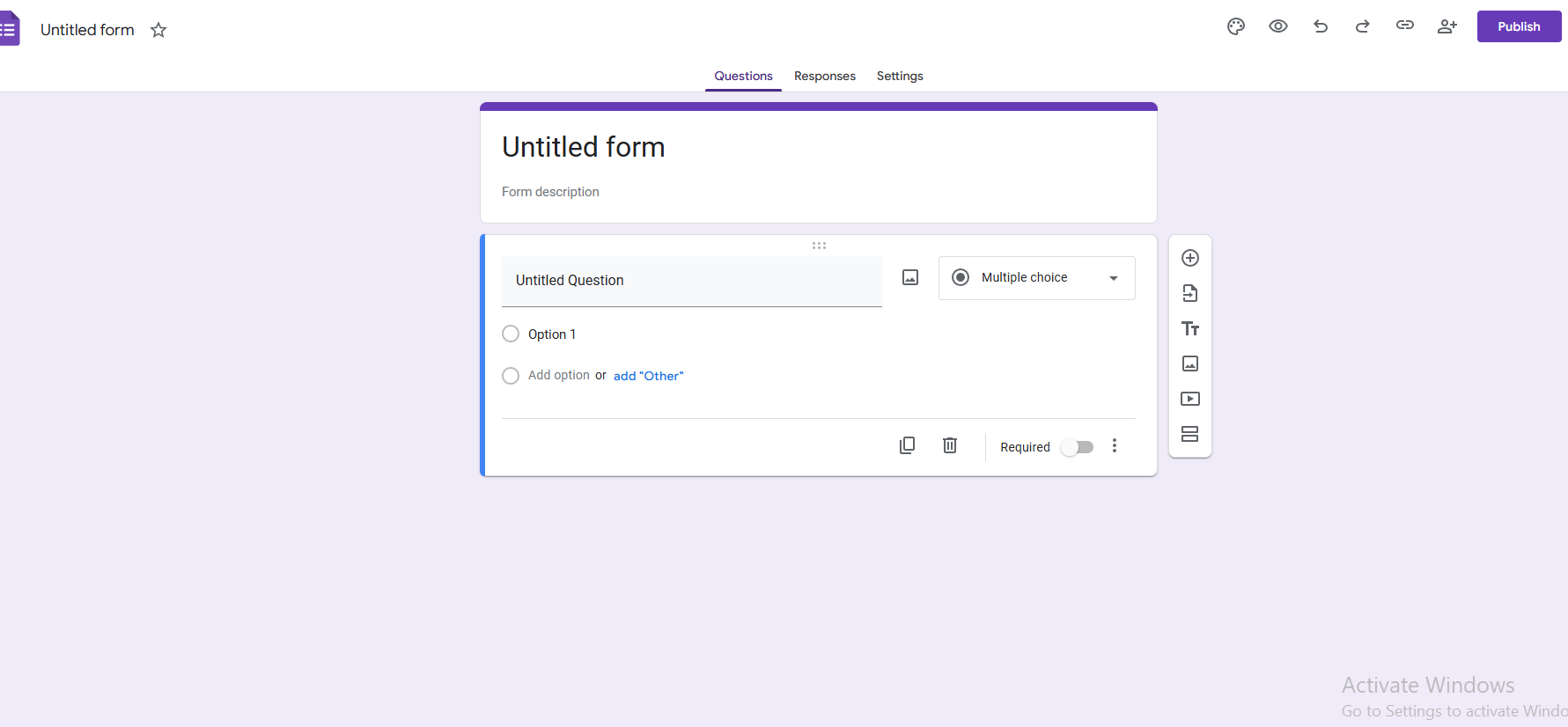
Ask specific questions about product quality, usability, packaging, and even what they’d like to see improved. For example, if you’re selling fitness leggings, you might ask if the material feels durable or if the fit matches the description.
Furthermore, don’t stop at surveys—check your email and social media for unsolicited feedback.
Comments like “I wish this had more color options” or “Shipping took longer than expected” are goldmines of information.
Finally, implement changes based on recurring feedback, and don’t forget to let your customers know their voices are heard. This builds loyalty and helps you refine your product offerings.
5. A/B Testing To Find Your Winning Product
A/B testing is a simple and powerful way to compare two versions of a product or marketing strategy to see which one works better, especially when selling the same product as others. It’s all about making informed decisions instead of guessing.
To get started, pick one factor to test—this could be the product color, description, or price. For example, if you’re selling phone cases, you could test whether a sleek black design or a bright, trendy pattern attracts more buyers.
Next, run ads for both versions on platforms like Facebook Ads Manager. Divide your audience equally so each group sees only one option, and monitor key metrics like click-through rates, conversions, and cost-per-click.
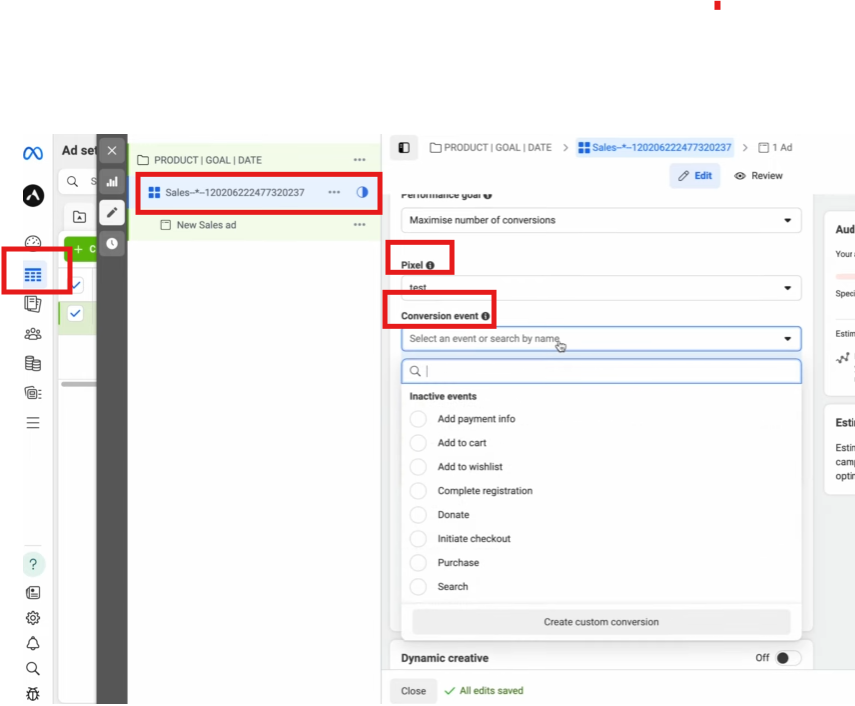
You can also test different elements on your website, such as using new product images or changing headlines, to see which variation gets more visitors to buy.
Keep your test running for about 7-14 days to gather enough data. Once you find the winning option, focus your efforts and budget on scaling it.
Also, you can use tools to perform A/B testing. Optimizely makes A/B testing a breeze, helping you test and tweak your ad copy to see what works best.

6. Run Social Media Ads
Social media platforms are an excellent way to test new products because they allow you to reach specific audiences quickly and measure responses accurately. Understanding your target audience is crucial as it helps gauge how potential customers react to products, thereby informing your marketing strategies and product offerings.
Start by creating a few ad variations featuring the product you want to test. If you’re dropshipping kitchen gadgets, for example, you could create one ad emphasizing the product’s time-saving benefits and another showcasing its sleek design.
When setting up your ads, use audience targeting features to narrow down your demographic. For a smoothie blender, you might target health-conscious individuals aged 20-35 who follow fitness influencers or cooking pages.
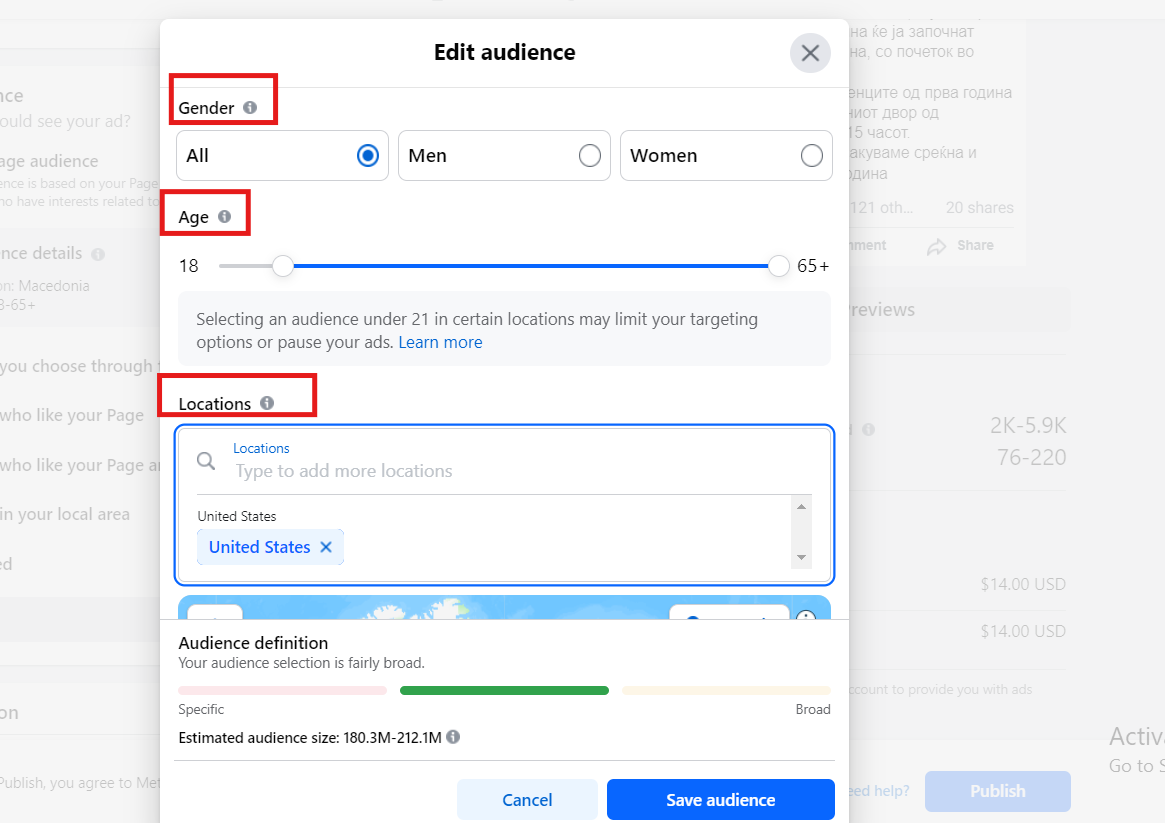
Once your ads are live, track key metrics like impressions, clicks, and purchases.
You can also test different ad formats, such as carousel ads, short videos, or influencer collaborations.
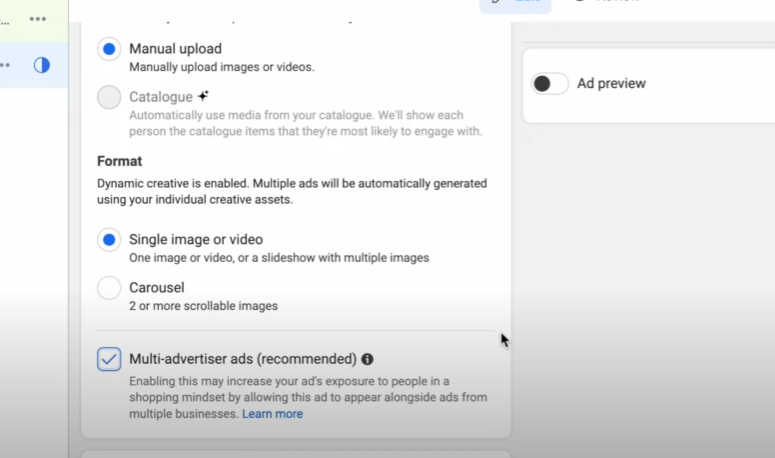
For instance, a quick TikTok video demonstrating your product in action could help you gauge audience interest faster than a static image ad.
Use the data from these campaigns to decide whether the product is worth scaling or needs further refinement.
 Quickly Test Dropshipping Products Using Instagram
Quickly Test Dropshipping Products Using Instagram
If you’re new to testing products for your dropshipping store, Instagram is a fantastic place to start, especially if you’re on a budget. Understanding your target audience is crucial in this process, as it helps gauge how potential customers react to your products.
Hence, instead of using Instagram Ads, focus on leveraging influencers to test your products quickly and effectively.
First, determine your product’s niche. For instance, if you’re selling minimalist jewelry, search for Instagram pages that focus on fashion, accessories, or lifestyle within your niche.
You can use Instagram’s search bar or tools like HypeAuditor to find influencers with strong engagement.
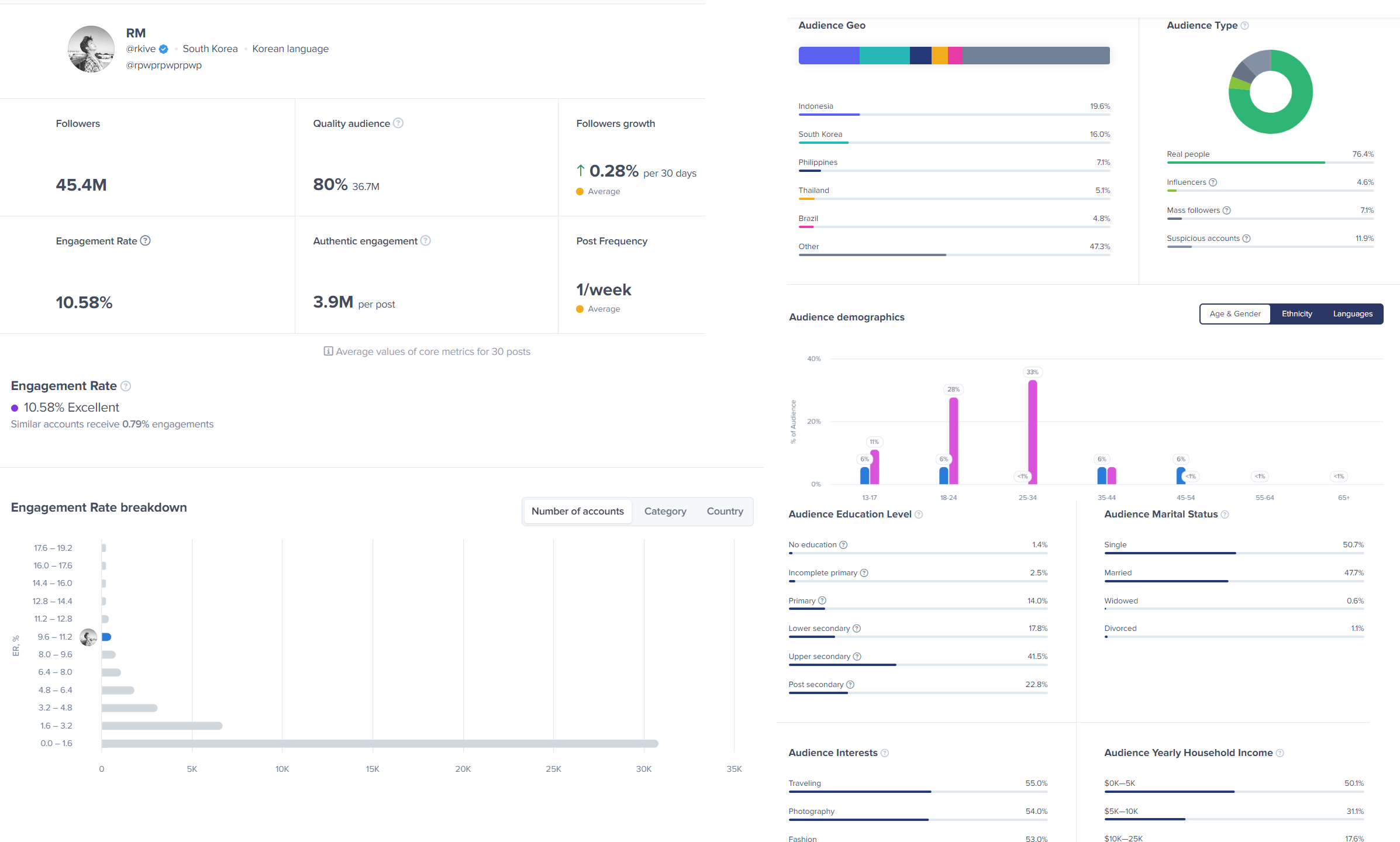
Once you’ve identified potential pages, reach out to the influencers directly via Instagram DM, or email.
Also, ask if they sell shoutouts, and get details about their pricing and audience demographics. So, for beginners, I suggest choosing 1-3 smaller pages with an engagement rate above 3% and spending no more than $20 per shoutout to minimize risk.
When you run a shoutout, ensure the influencer creates a clear and compelling post with your product and a call to action, such as “Shop now using the link in bio.”
Once the shoutout goes live, track key metrics like website visits, Add to Carts, and sales.
Furthermore, you can use tools like Google Analytics or Hotjar’s heatmap to understand how visitors interact with your product page.
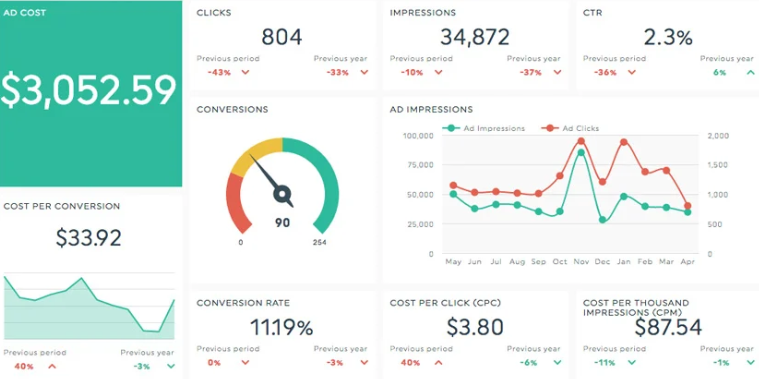
If the test performs well, you can scale with more influencers or refine your approach by testing different visuals and captions.
 Quickly Test Dropshipping Products Using Facebook
Quickly Test Dropshipping Products Using Facebook
Facebook is a more advanced platform for testing dropshipping products, but it’s incredibly powerful once you know how to use it and understand your target audience.
To get started, create a PPE (Page Post Engagement) campaign, which is optimized to show your ad to people likely to engage through likes, comments, or shares. Thus, this is faster and cheaper than running conversion campaigns initially, making it perfect for testing.
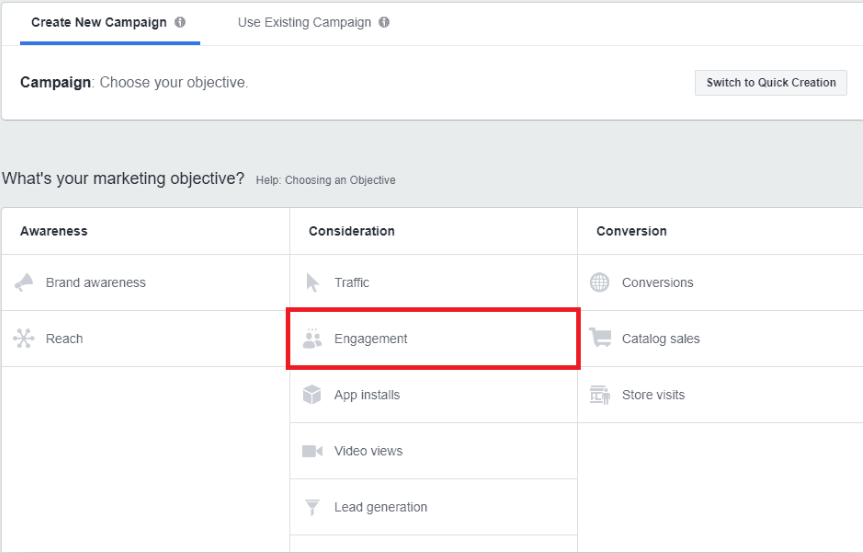
Head to Facebook Ads Manager and create a new engagement campaign. Set up 3-10 ad sets, each targeting different audiences.
For instance, if you’re testing portable blenders, one ad set could target health-conscious millennials, another could focus on gym enthusiasts, and a third on busy parents.
I suggest you use a daily budget of $5 per ad set, which should give you approximately 1,000 impressions per ad set within a day.
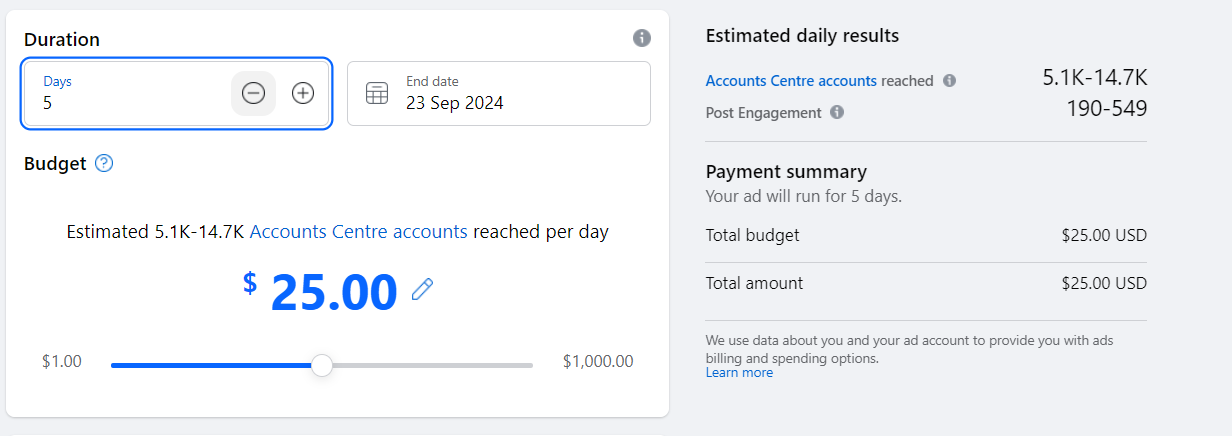
Once the ads are live, analyze the results. Look at metrics like Cost Per Link Click (CPC), engagement rates, and whether people are commenting positively on the product.
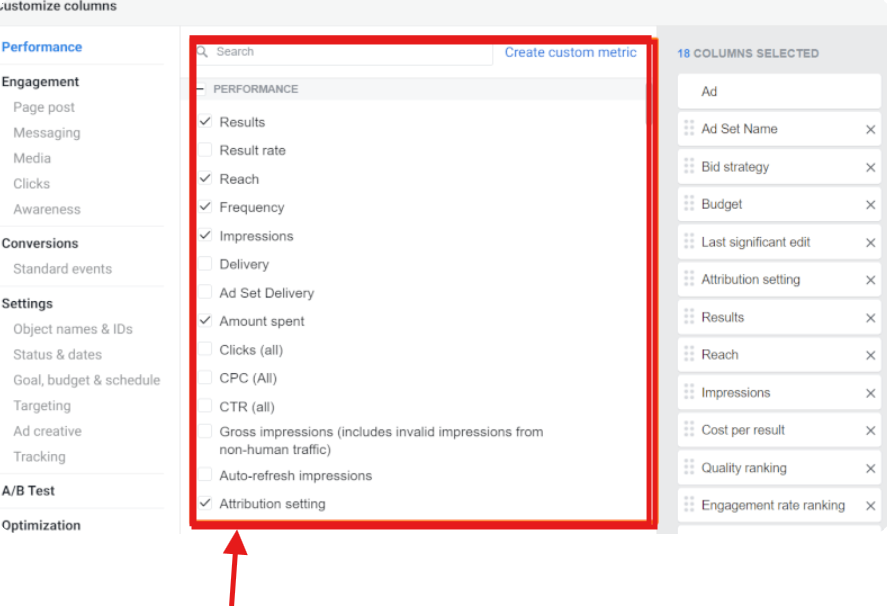
Moreover, comments like “I need this!” or “This is perfect for me!” are strong indicators of interest. If a product generates good engagement and some Add to Carts, it’s worth scaling further.
Furthermore, duplicate the winning ad set and switch to a conversion campaign to target people more likely to purchase.
By using PPE campaigns, you can test products quickly and gather valuable data for just $25-$50, allowing you to identify winners before committing to larger budgets.
7. Testing Marketing Channels
Your dropshipping product might perform well on one platform but struggle on another, so it’s essential to understand your target audience and test across multiple marketing channels.
Start with your website and social media platforms, then expand to marketplaces like eBay or Amazon if applicable.
If you’re dropshipping fashion accessories, for instance, Instagram and Pinterest are likely to perform better than Google Ads due to their visual nature.
Moreover, try email marketing to target your existing customers with new product announcements and special offers. Here you can track open rates, click-through rates, and conversions to see how well your audience responds.
Similarly, I suggest you explore influencer partnerships by sending your product to niche influencers for a review or unboxing video.
Finally, evaluate each channel’s performance by tracking key metrics such as traffic, sales, and return on ad spend (ROAS).
Also, I recommend you to use tools like Google Analytics, Facebook Pixel, or Shopify’s built-in reports to monitor your results. Once you identify the best-performing channels, allocate your budget and focus there.
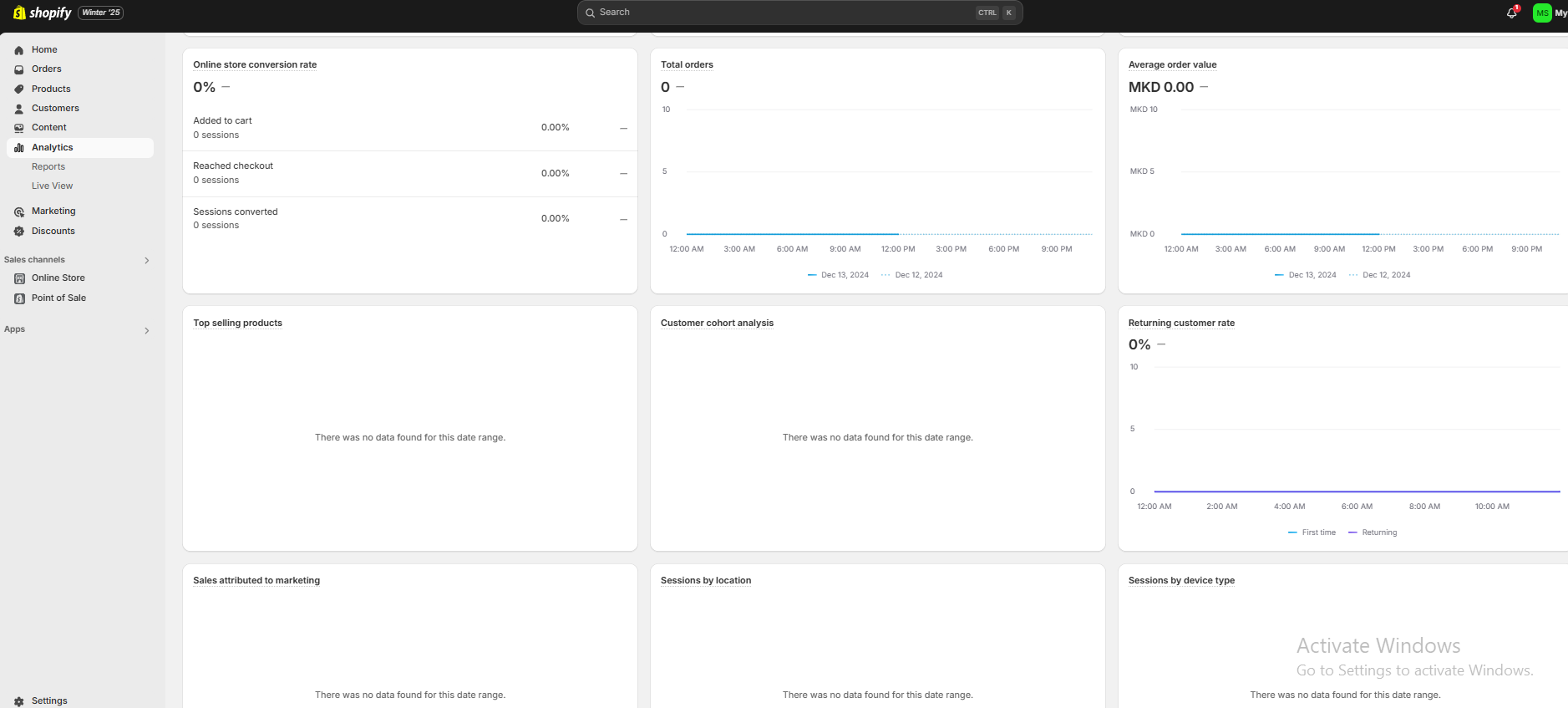
8. Benchmarking Against Competitors
Analyzing your competitors is like getting a sneak peek into what works and what doesn’t in your niche, especially when you understand your target audience.
For instance, start by identifying 3-5 top dropshipping stores that sell similar products. So, visit their websites and note the product range, pricing, and customer reviews. For example, if you’re in the home décor niche, check if competitors offer customizable options or faster shipping than you do.
Next, sign up for their newsletters and follow their social media channels. This helps you understand how they engage their audience, promote new products, and handle customer inquiries.
For example, what I do is use the Minea spy tool. It gives me lots of valuable information about competitors like their sales, customer engagement, ads, and more.
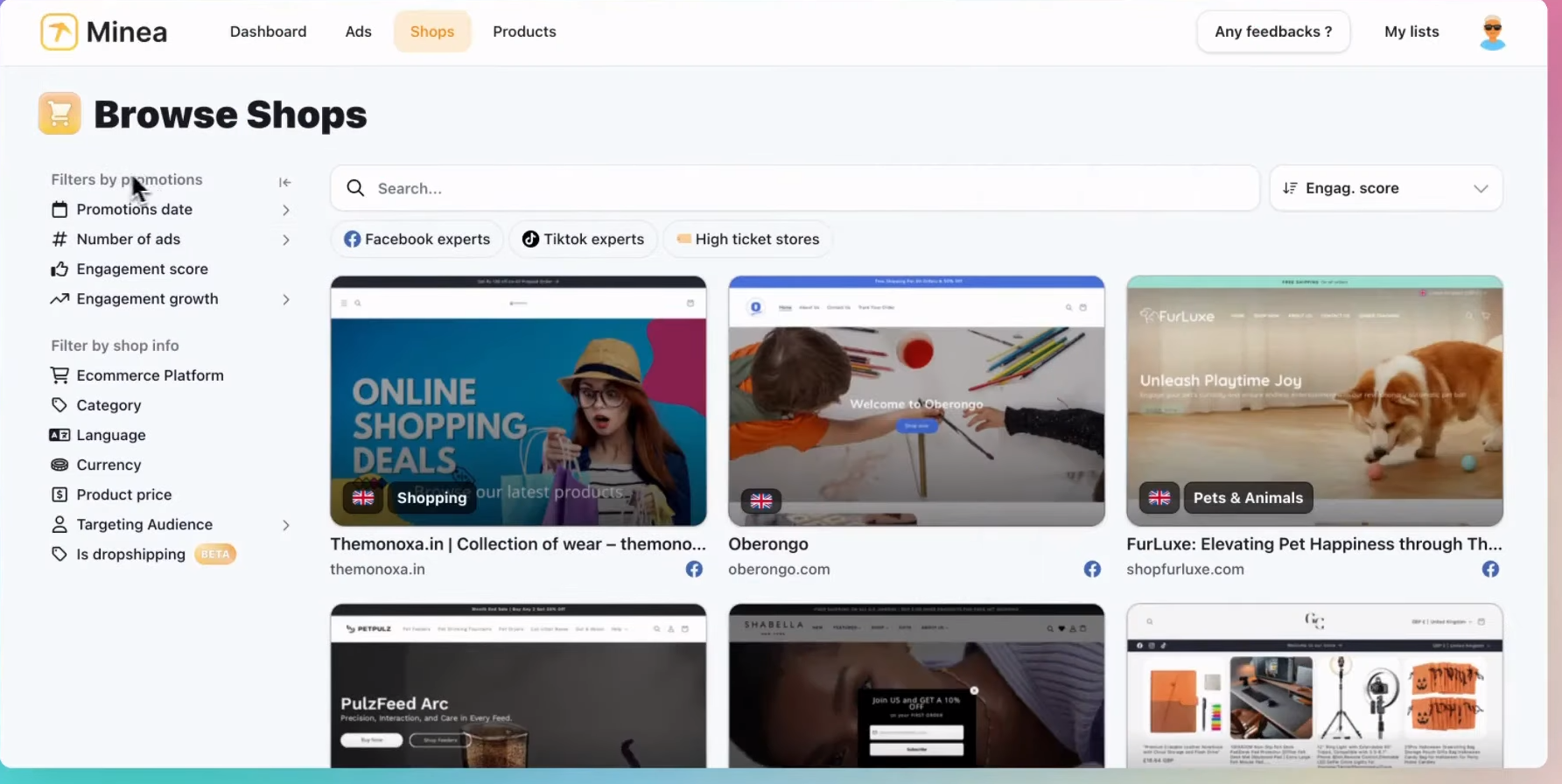
I also use Importyeti to discover my competitors’ suppliers. This really helps me get insights bout their winning products, quality, customer services, etc.
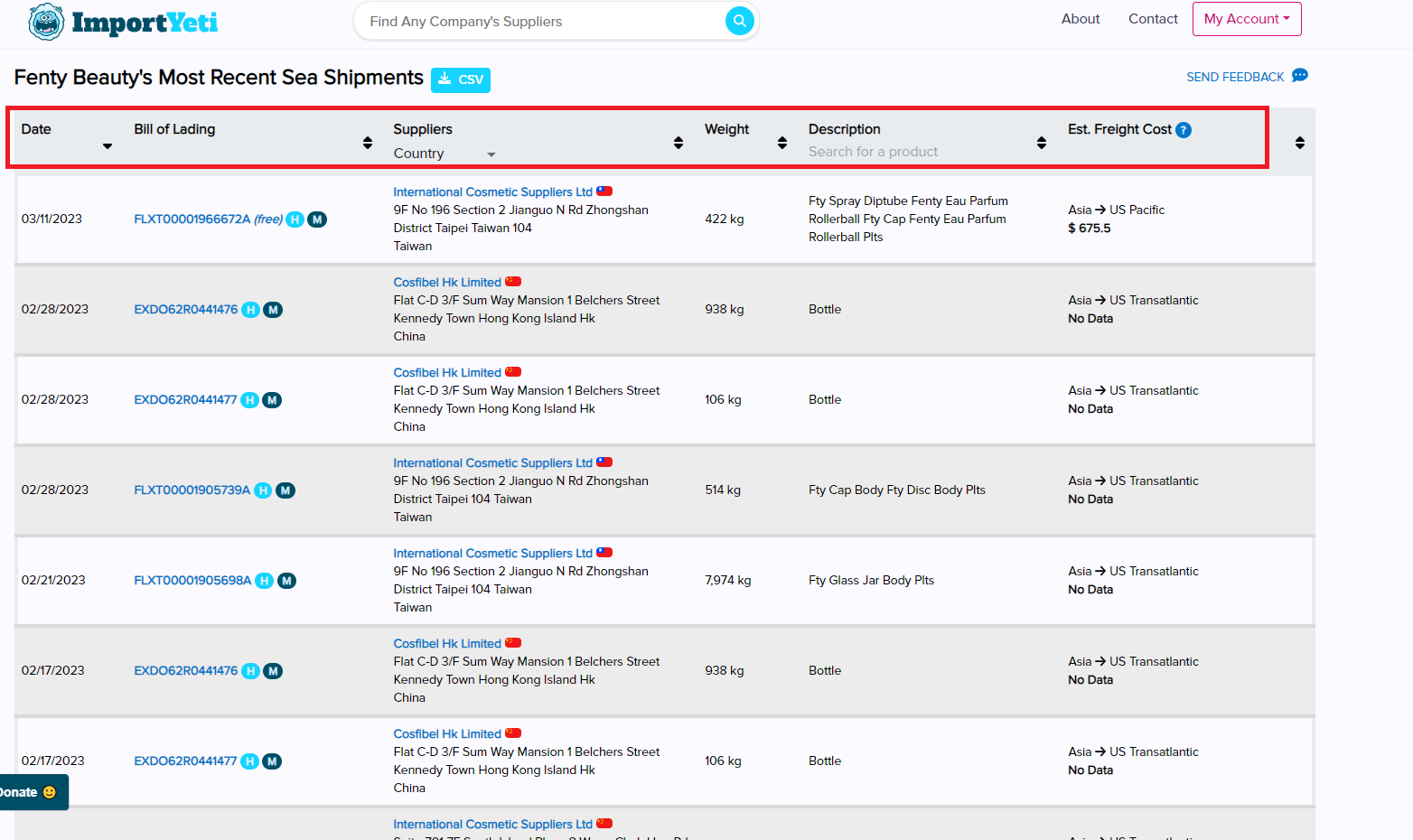
What’s more, tools like SimilarWeb or SEMrush can also help you analyze their traffic sources and ad campaigns.
Also, for ad copy monitoring, you can use Meta Ads Library.

Look for gaps in their offerings. If they sell generic wall art, could you stand out by offering eco-friendly or personalized designs?
If they have limited shipping options, can you provide free shipping or quicker delivery times? Once you’ve identified these opportunities, adjust your strategy to fill those gaps and create a unique selling proposition (USP) that sets your store apart.
How To Launch the Test Products For Dropshipping?
Testing products is a crucial step in building a successful dropshipping business, and understanding your target audience is essential. It’s not just about throwing items out there and hoping for the best—it’s about creating a strategy to find what works, eliminate what doesn’t, and refine your approach.
Let’s walk through a simple and effective way to launch test products and gather insights that drive your business forward.
1. Setting Up Your Test Campaign
First, define clear goals for your test campaign by understanding your target audience. Are you checking for market demand, product pricing, or overall appeal?
For instance, if you’re testing a popular item like a fitness tracker, decide whether you’re gauging its demand or seeing if it works best for a specific audience. Having clear objectives ensures you stay focused and know what success looks like.
To get started, use platforms like Dropshipping.com to find reliable suppliers with curated products.
For more advanced tools, consider using Shopify to set up your store quickly, customize it with pre-made templates, and optimize it for SEO.
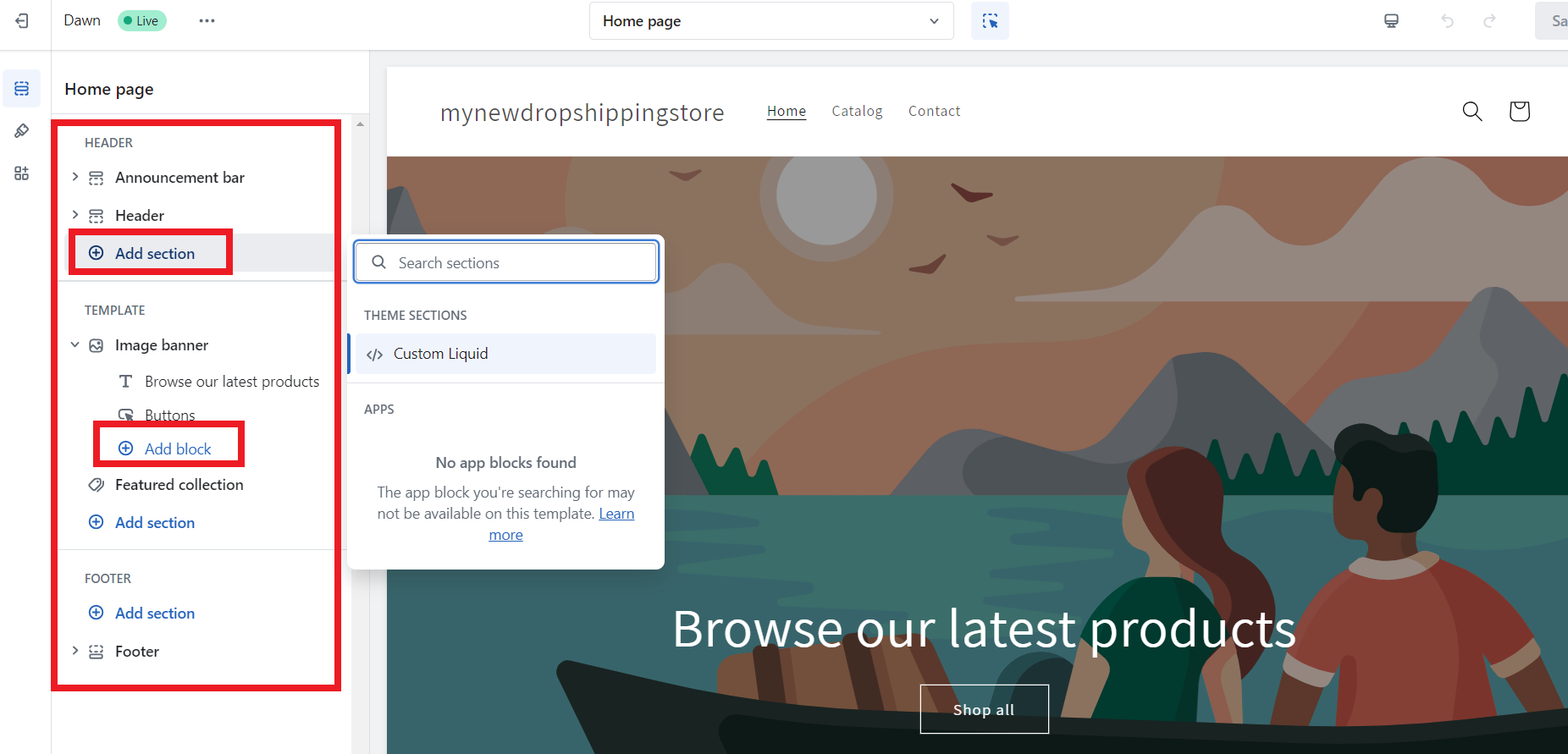
Also, integrate apps like Zendrop for product sourcing.
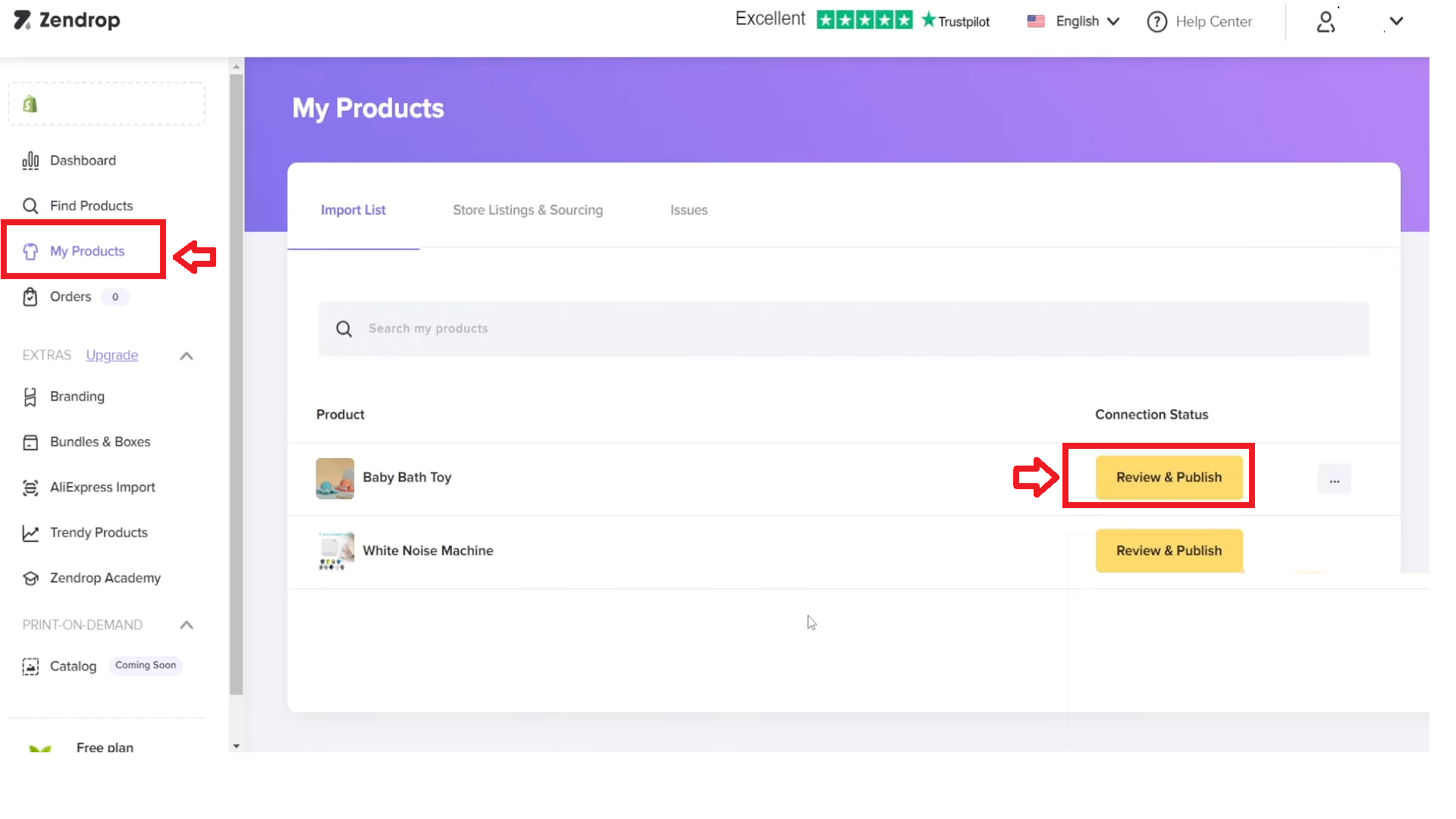
Once your product is ready, choose promotion channels like Facebook Ads or Instagram shoutouts.
Next, set a manageable budget—start with $5 per day for ads to minimize risk while gathering data.
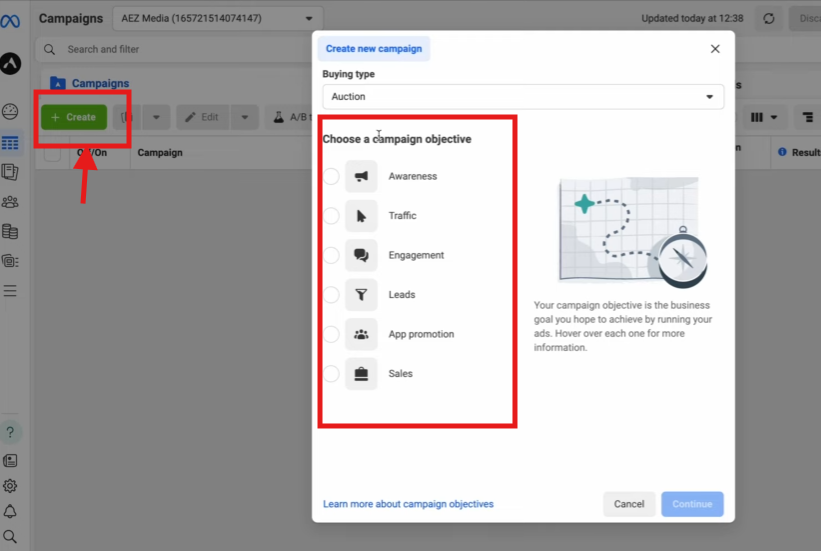
For ad creation, apps like Canva help design eye-catching visuals, while Spy on Ads can analyze your competitors’ strategies to give you ideas for crafting compelling campaigns.
Transitioning from a simple test to a refined campaign is all about using the right tools and insights.
2. Monitoring Key Performance Indicators (KPIs)
Once your campaign is live, tracking KPIs is essential for understanding performance and how well you are reaching your target audience. So, metrics like click-through rates, bounce rates, and conversions tell you if your test product is resonating with the audience.
For example, if you’re running ads for eco-friendly water bottles and notice high clicks but low sales, it might indicate a pricing issue or a need to tweak the product description.
Therefore, you should use tools like Google Analytics, Hotjar, or Shopify’s built-in reporting features to monitor real-time data.
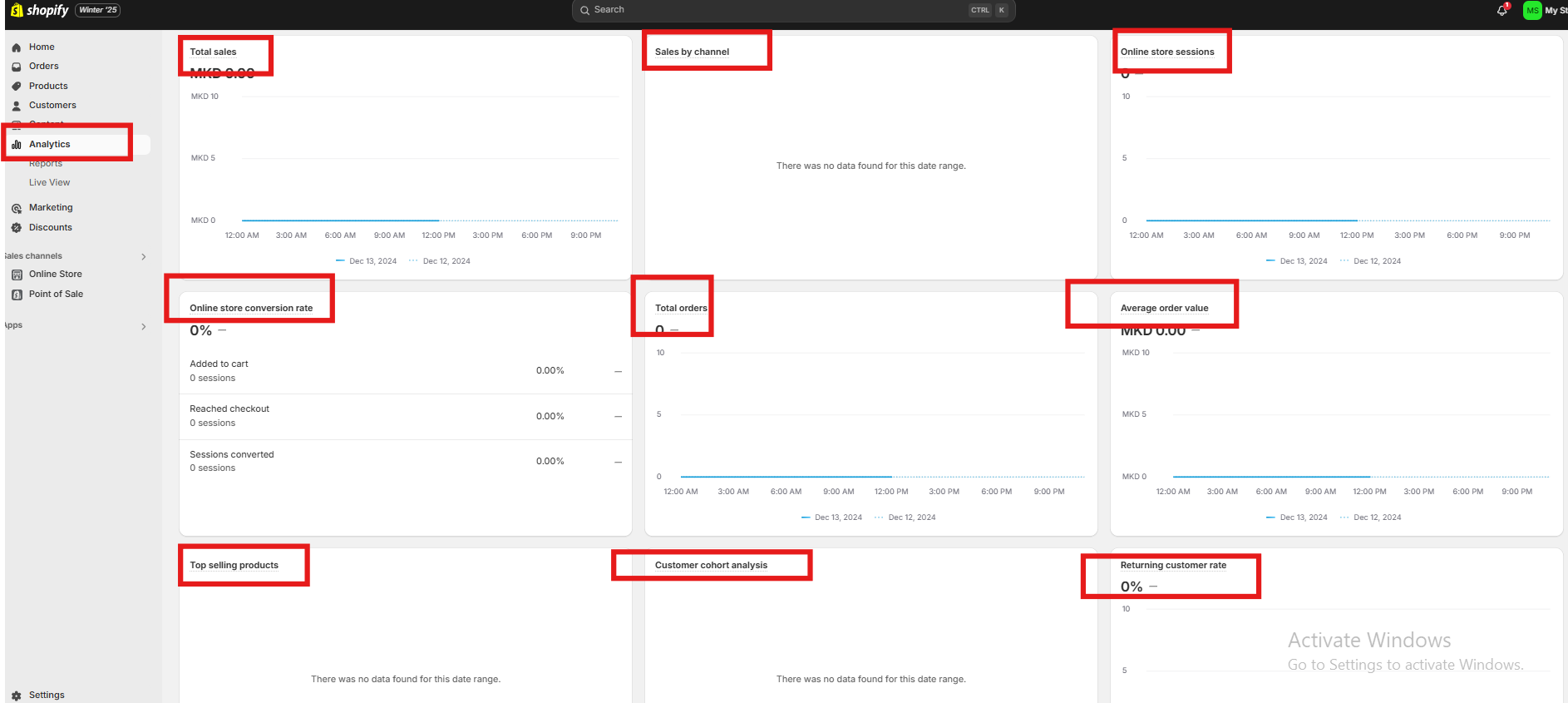
These tools can highlight trends, like which products perform best or where users drop off during checkout.
Moreover, if you see a pattern of low conversions, adjust your ad copy or try a different landing page layout. If certain campaigns consistently outperform others, scale those efforts and focus your budget there.
Furthermore, compare results regularly to find your winning products. If one ad set brings in high engagement but few sales, consider tweaking your marketing angle or testing a different audience.
3. Gathering Customer Feedback
Finally, understanding your target audience is your secret weapon for improving your products. And if you want to test products dropshipping, this is a must.
After someone interacts with or buys your test product, encourage them to share their experience.
You can use apps like Loox or Yotpo to collect reviews and display them on your store. Simple surveys via tools like Typeform or Google Forms can also help you gather detailed insights.
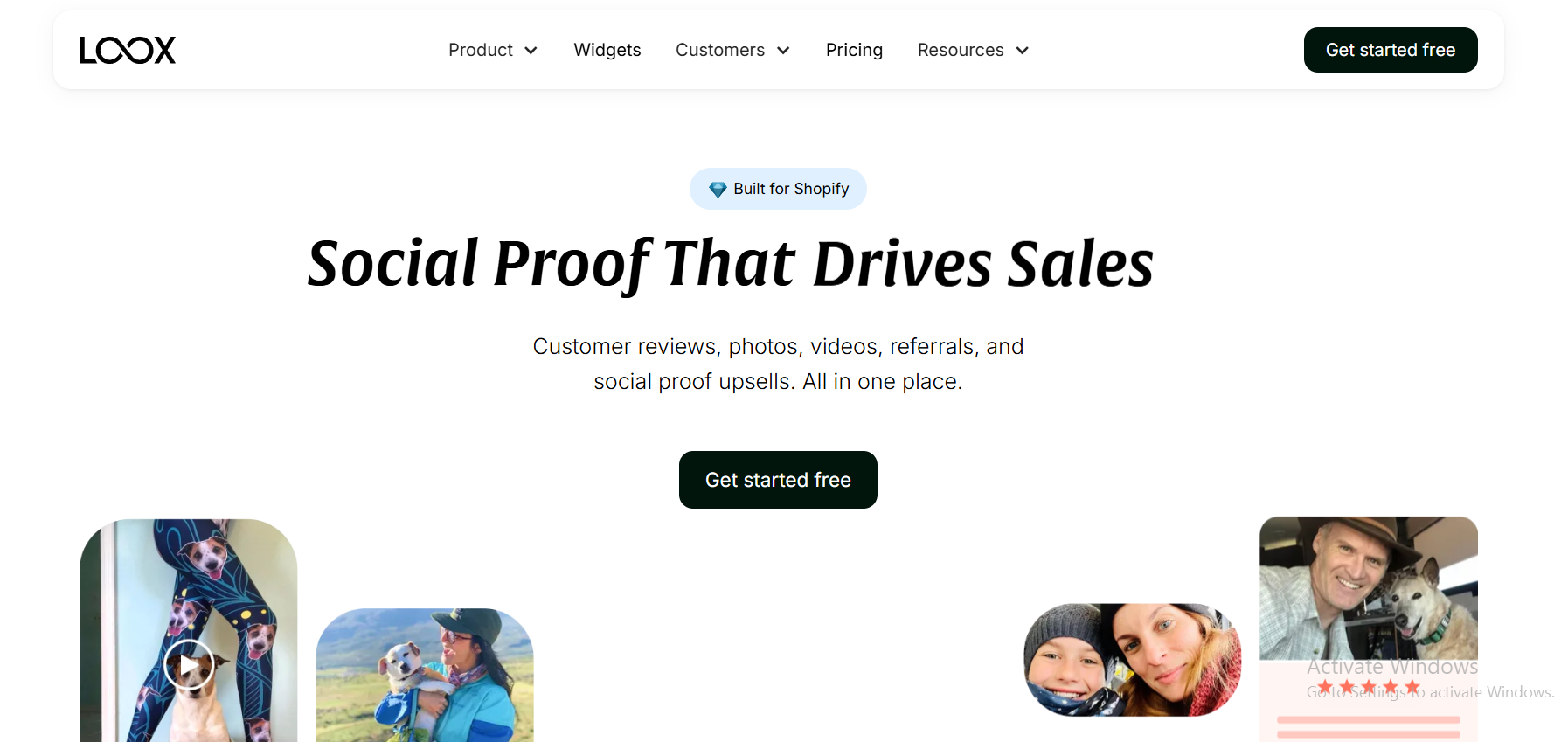
Pay attention to recurring themes in feedback. For instance, if multiple customers mention a product’s size isn’t accurate, update the description or switch to a supplier with better sizing.
Also, you can offer small incentives, like a 10% discount on their next purchase, to encourage honest and detailed reviews.
Thus, stay engaged with your customers by responding to feedback and showing that you’re actively improving.
Platforms like Dropshipping.com also provide resources, like workshops and community forums, where you can learn to interpret customer insights effectively.
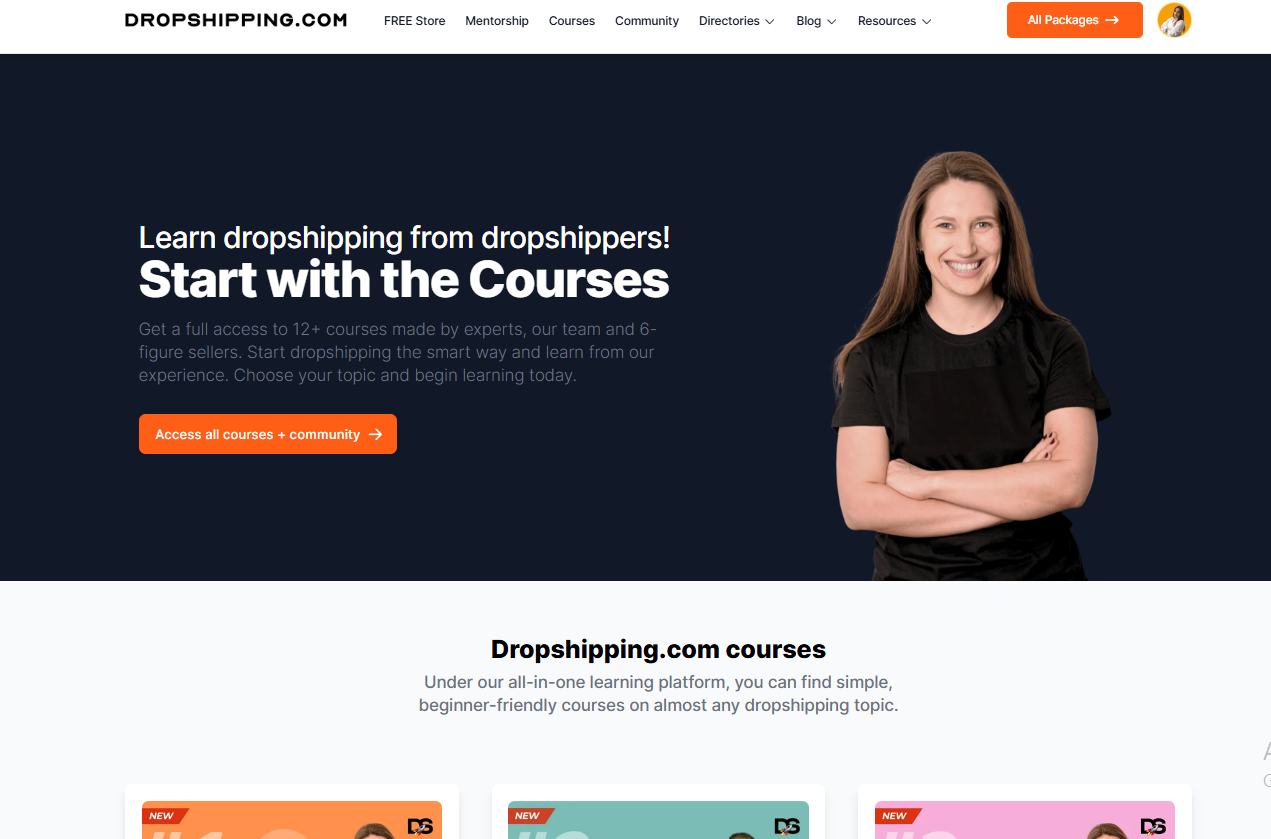
How To Analyze Test Results For Your Dropshipping Products?
Effectively analyzing your test results, including understanding your target audience, is the key to improving your dropshipping business. By interpreting sales data, understanding customer behavior, and making data-driven decisions, you can fine-tune your product offerings, attract the right customers, and boost store performance.
1. Interpret Sales Data
Sales data is like a window into how your products are performing and how well you understand your target audience. Start by analyzing patterns such as peak sales periods, total sales volume, and product-specific performance. For instance, if your insulated water bottles sell best during summer, that’s a clear signal to focus on seasonal marketing strategies.
Look at metrics like conversion rates—the percentage of visitors who make a purchase—and average order value (AOV), which shows how much customers typically spend in one transaction. For example, if your AOV is $30 and you notice that adding a $10 product to your lineup increases it to $40, that’s an opportunity to upsell. Use apps like Shopify Analytics or Google Analytics to gather and interpret this data.
2. Understand Customer Behavior
To truly understand your target audience and customers, analyze their behavior on your site.
So, tools like Hotjar can create heatmaps that show where visitors click most, while Google Analytics helps track bounce rates, time spent on pages, and click-through rates.
For example, if visitors spend a lot of time on a product page but leave without buying, it might mean your pricing or description needs tweaking.
Pay attention to what products visitors are clicking on and which ones they ignore. If a trendy fitness tracker gets high click-through rates but no sales, consider improving your product images or offering a limited-time discount to encourage purchases.
3. Making Data-Driven Decisions
Once you’ve collected your data, the next step is to make data-driven decisions to improve your store by understanding your target audience.
For example, if your analysis shows that customers aged 25-34 are your primary buyers, tailor your marketing campaigns to target that demographic.
Hence, you can use tools like Facebook Audience Insights to refine your audience targeting.
If a product consistently underperforms, don’t be afraid to phase it out and focus on your winners. On the other hand, if a product performs exceptionally well, double down by expanding its variations or running a targeted ad campaign.
Refine your pricing strategy based on customer spending habits. If you notice a trend where customers frequently abandon carts with higher-priced items, try introducing payment plans or discounts to close the gap.
5 Best Strategies To Scale Your Winning Products & Boost Sales
Now, once your test products for dropshipping are done, you need to optimize them and boost sales.
1. Optimize Your Page Layout
A clean and well-structured page layout that resonates with your target audience is crucial for creating a user-friendly and visually appealing product page. Hence, a cluttered design can overwhelm visitors, while a well-organized layout guides them effortlessly through the buying journey.
Start by placing high-quality images or videos prominently at the top of the page. Also, follow this with the product name, price, and key details like descriptions, features, and benefits organized under clear headings.
Highlight your Call-to-Action (CTA) buttons by using contrasting colors and positioning them in visible, intuitive spots.
Add navigation aids, such as breadcrumbs, to help customers find their way around your site.
Consistency matters too—stick to the same fonts, colors, and layout styles across all your pages for a professional look. And always test your design on various devices to ensure it’s mobile-friendly and responsive.
For example, Shopify themes like Debutify and Brooklyn offer excellent starting points.
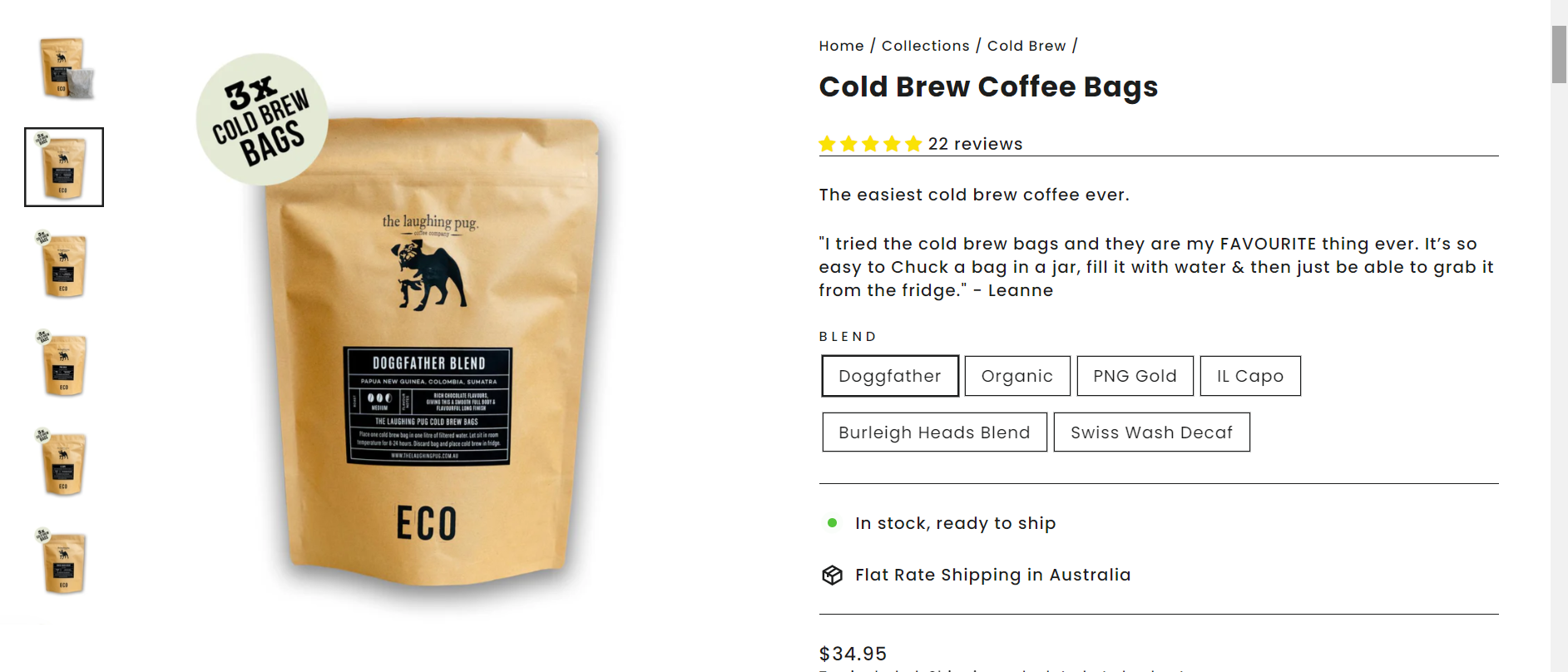
Debutify’s clean layout emphasizes large product images and easy-to-read descriptions, while Brooklyn’s grid-style design highlights visuals beautifully, making it ideal for showcasing multiple products.

2. Write Informative Product Descriptions
Your product descriptions should speak directly to your target audience and answer their questions before they even ask. Imagine you’re explaining the product to a friend—be clear, engaging, and focus on the benefits.
For instance, if you’re selling a handcrafted leather wallet, talk about the type of leather used, the detailed craftsmanship, and the unique design features. Also, you can highlight what sets it apart from competitors, such as its durability or timeless style.
Use simple language and break up the text into sections with headings like “Features,” “Benefits,” and “Why Choose This Product?”
For inspiration, check out Quadlock’s product pages, where they include every detail a buyer might need, such as materials, dimensions, and what’s included in the package.
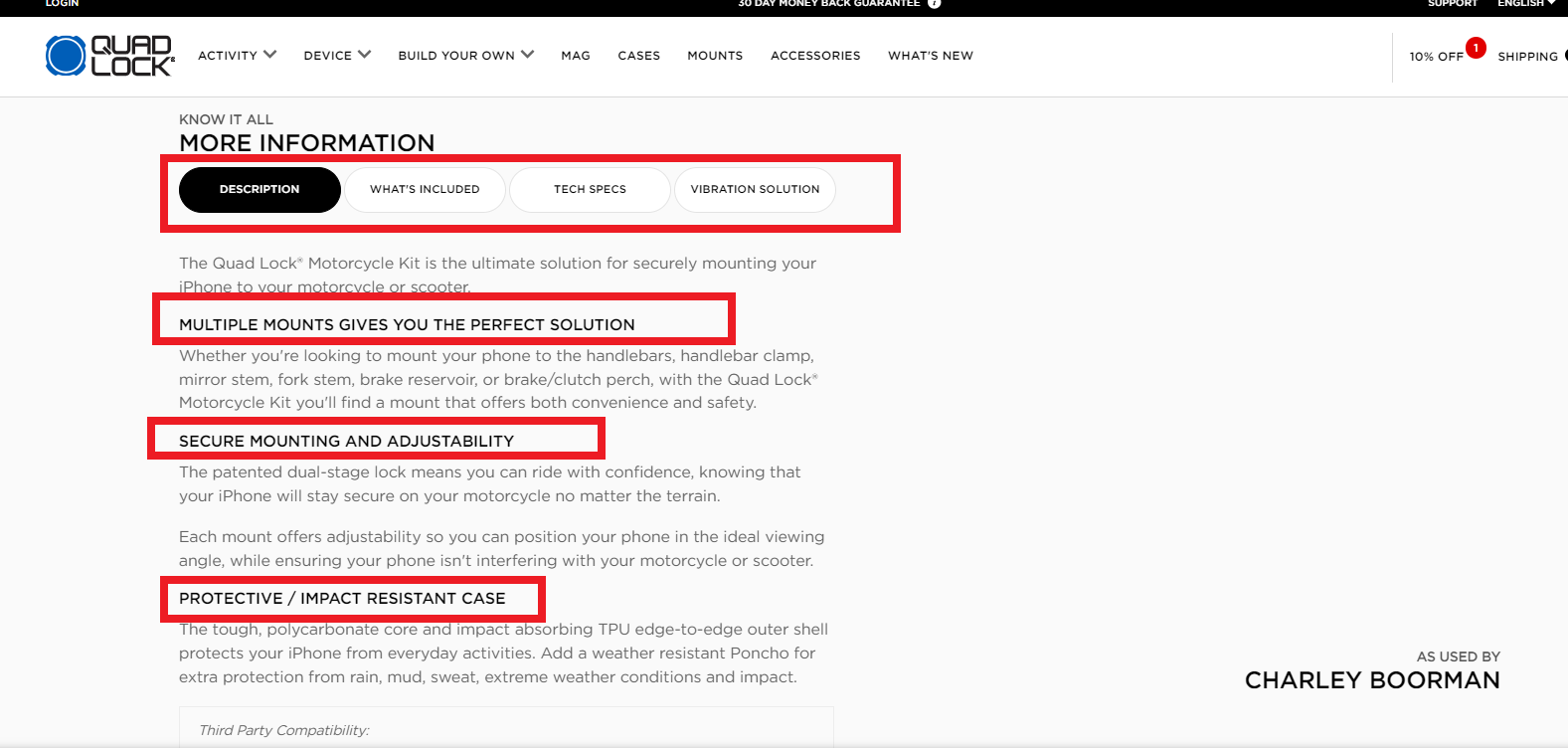
By organizing your descriptions and making them easy to scan, you can keep customers engaged and ready to make a purchase.
3. Use Stunning, High-Quality Images
Images aren’t just visuals—they’re your silent sales team. Understanding your target audience is crucial when selecting images, as it helps ensure the visuals resonate with potential customers. Instead of overwhelming your audience with too much text, let sharp, professional photos do the heavy lifting. Use images that clearly showcase your product, showing every angle, feature, and detail.
For example, GymShark sets a high standard with their product photos. Their images are crystal clear, show their apparel in action, and allow customers to zoom in without losing quality.
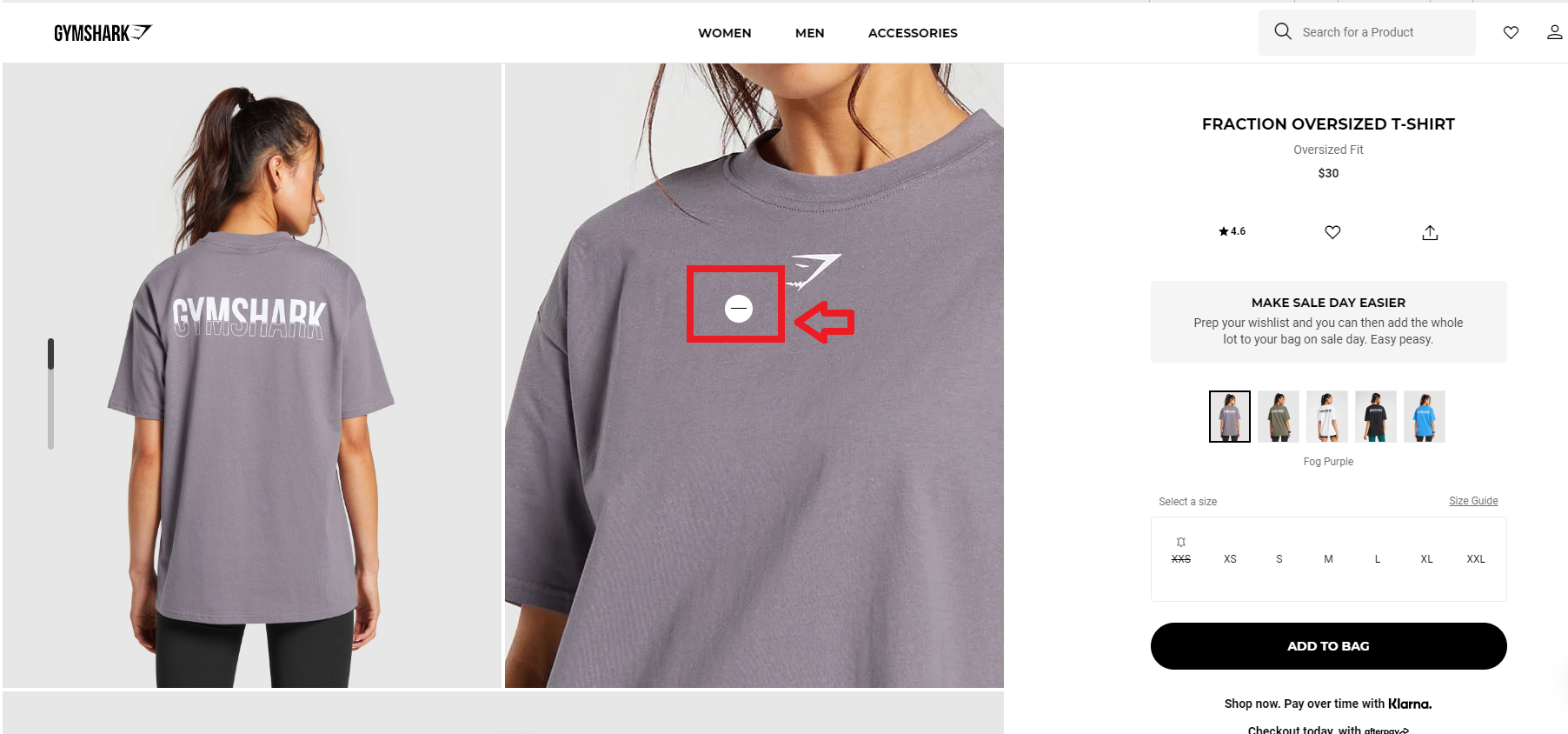
So, display your product in real-life settings to make it more relatable, and include multiple shots to build confidence in its quality.
4. Build Trust with Social Proof
Understanding your target audience is crucial. Social proof is powerful. It reassures potential customers that others have had great experiences with your product. Include reviews, ratings, testimonials, and customer photos on your product pages.
For example, SkinnyMe Tea encourages customers to upload photos along with their reviews, creating a more authentic and relatable experience.
Similarly, Vanity Planet allows users to filter and sort reviews, making it easy to find detailed feedback.
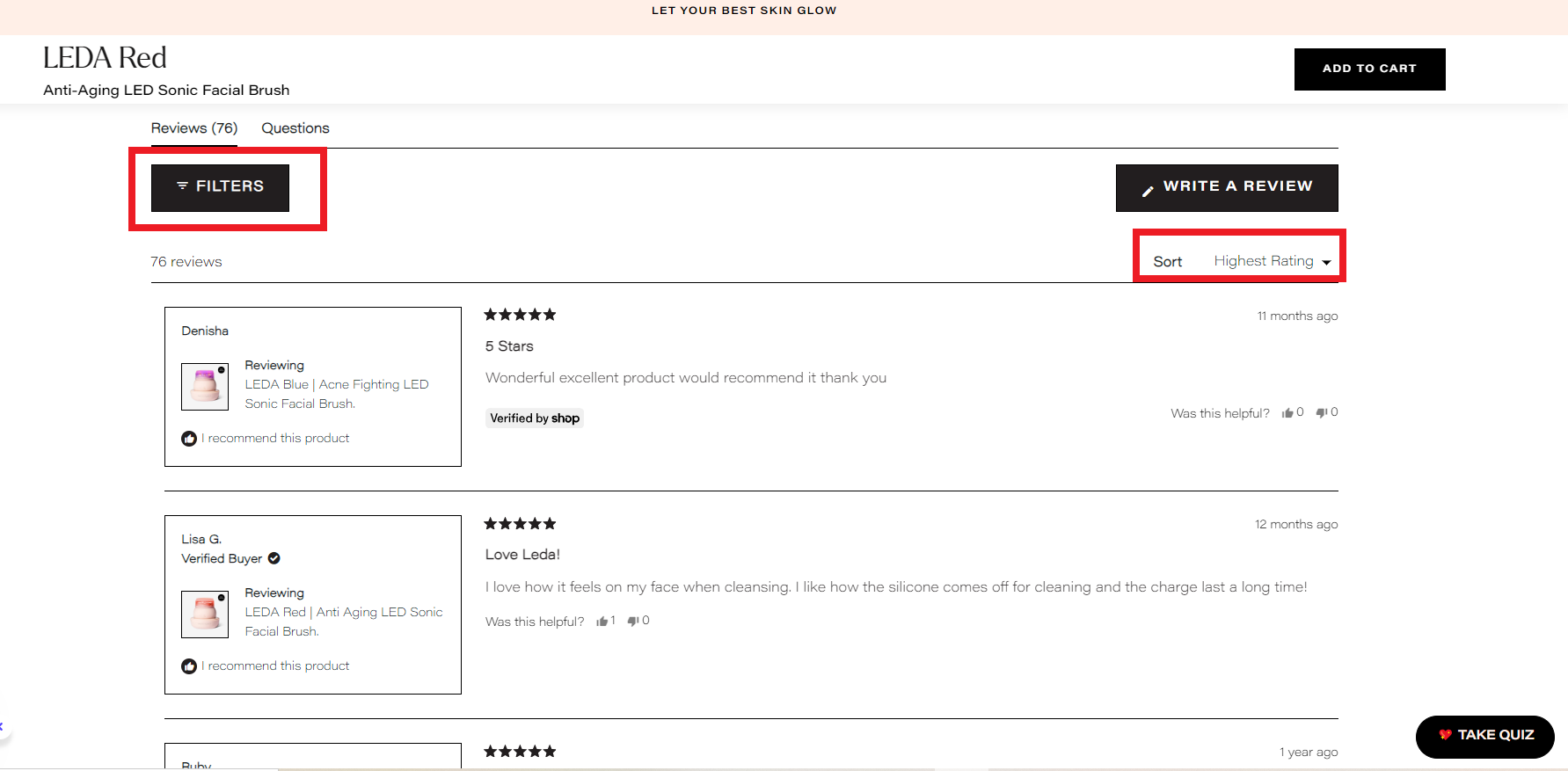
You can also integrate social media links to showcase real-world mentions of your product on platforms like Instagram or TikTok.
Therefore, encourage happy customers to share their purchases on social media and feature their posts directly on your product page.
Adding share buttons lets customers spread the word, boosting your product’s visibility and credibility.
5. Add Clear, Actionable CTA Buttons
Don’t underestimate the power of well-designed Call-to-Action (CTA) buttons that resonate with your target audience. They guide your visitors and nudge them to take the next step, whether it’s “Add to Cart,” “Buy Now,” or “Check Availability.”
These buttons should stand out with bold, contrasting colors and be easy to spot, no matter what device your customers are using.
Moreover, make sure CTAs are strategically placed throughout the page—near the product image, below the description, and at the bottom of the page.
For instance, “Add to Cart” placed below a compelling product description can help reduce hesitation and encourage quick decisions.
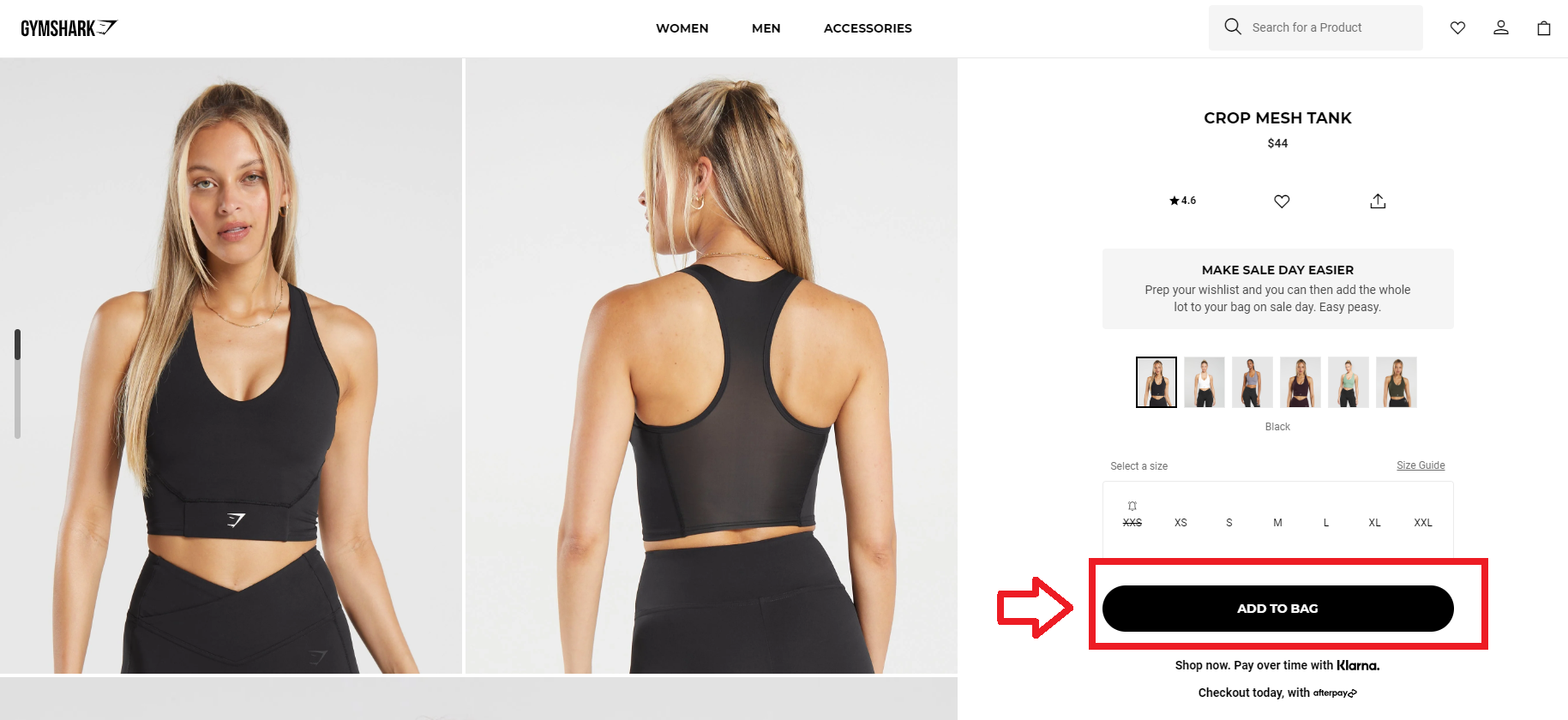
Simple but effective design ensures your CTAs lead to higher conversions and more sales.
How To Manage Risks in Dropshipping? [Top 3 Tips]
Running a dropshipping business comes with its challenges, but understanding your target audience and managing risks effectively can make all the difference.
From maintaining product quality to handling returns, focusing on these key areas helps protect your business reputation and keep customers happy.
Let’s break it down step by step with examples to make things easier.
1. Deal with Product Quality Issues
Product quality is the backbone of your dropshipping business, and understanding your target audience is crucial. A poor-quality product can lead to refunds, bad reviews, and lost customers.
To stay ahead, order samples regularly from your suppliers. For example, if you’re selling reusable water bottles, test them for durability, functionality, and packaging. You can even use the samples for marketing—take high-quality photos or videos for your website and ads.
Set clear quality standards that your products must meet. You can create a checklist outlining what you expect in terms of materials, design, and packaging.
Moreover, communicate this directly to your suppliers, and consider hiring a quality inspection service to double-check products before they’re shipped to your customers.
Transparency is key. Make sure your product descriptions are detailed and accurate, and include multiple images from different angles.
For instance, if you’re selling a smartwatch, list its battery life, features, and dimensions. Clear descriptions help set customer expectations, reducing complaints and returns.
2. Manage Returns and Refunds Without Stress
Returns are part of any business, but understanding your target audience and handling them efficiently builds trust and keeps customers coming back. Start by creating a clear and customer-friendly return policy.
Display it prominently on your website so customers know exactly what to expect. For example, explain whether you accept returns within 30 days and who covers return shipping costs.
Also, I advise you to automate the return process to make it smoother. So, use tools like AfterShip Returns or Shopify’s built-in apps to create return shipping labels and track returns in real-time.
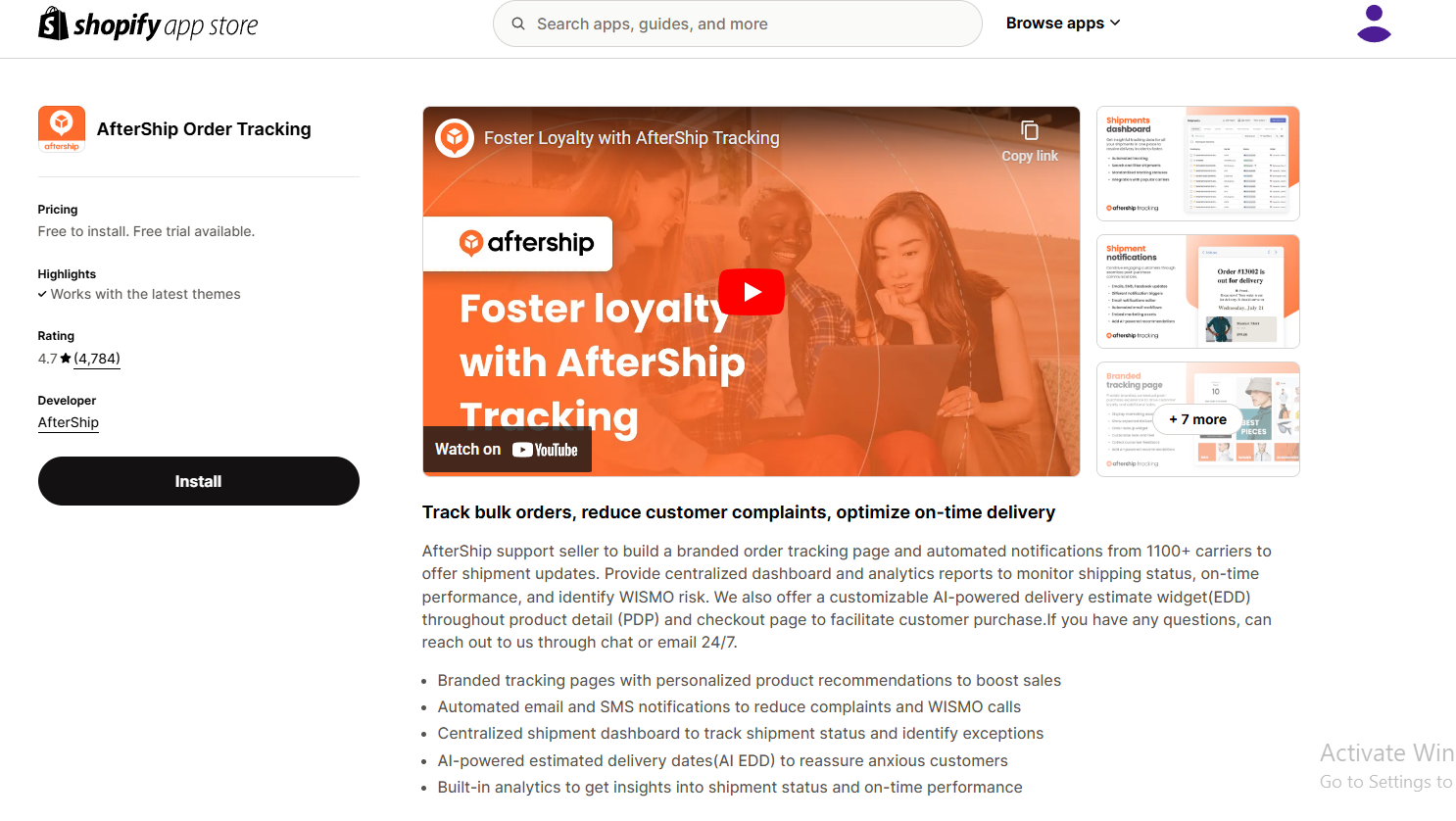
For instance, if a customer returns a pair of shoes, they can easily print a label and check the status of their refund, saving you from managing it manually.
Always use customer feedback to improve. If multiple people return a product citing the same issue, it’s time to address it—whether it’s inaccurate sizing, unclear instructions, or a misleading product image.
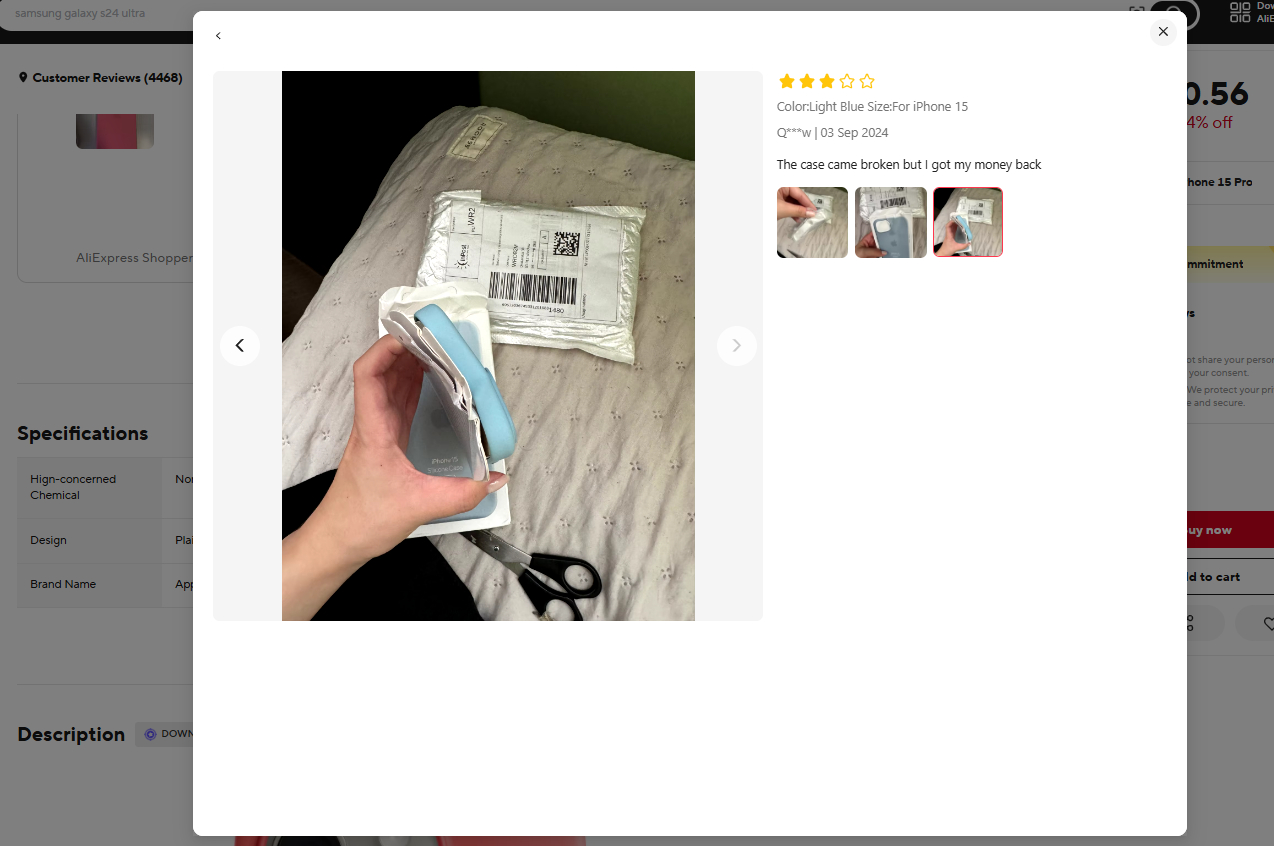
This proactive approach not only minimizes future returns but also shows customers you care about their experience.
3. Innovate Your Product Line for Continued Success
Regularly refreshing your product offerings keeps your catalog exciting and engaging. Understanding your target audience is crucial when experimenting with new trending products that align with your niche.
For example, if you sell fitness gear, try adding resistance bands or smart scales that are gaining popularity.
Plus, streamlining operations also helps. I suggest you use store automation tools like DSers or Zendrop to manage order fulfillment.
Automation frees up your time to focus on more important things, like finding your next best-seller.
4. Stay Ahead of Market Trends
Keeping up with market trends and understanding your target audience is crucial for staying competitive.
For example, I use Pinterest pins, and TikTok hashtags really help me see what’s trending. On TikTok, for instance, you can write “trending products” into the search bar and start scrolling and reading comments.

Next, adjust your offerings based on consumer demand. For example, if eco-friendly products are trending, consider adding sustainable items to your catalog, like bamboo kitchenware or reusable bags.
Staying flexible ensures your store evolves with your audience’s preferences, helping you stay ahead of the curve.
Why Testing Products Dropshipping is Crucial?
 Testing Products Helps Identify Profitable Winners
Testing Products Helps Identify Profitable Winners
Testing products is the smartest way to discover which items will perform well in your store by understanding your target audience. Not every product will resonate with your audience, and testing allows you to focus on the winners.
For example, if you’re running a test campaign for minimalist phone cases, you might find that sleek black designs outperform colorful patterns. With this information, you can invest more in marketing the best-sellers while dropping the underperformers.
Now, you can analyze data like click-through rates, Add to Carts, and sales, and you get a clear picture of what your customers truly want. Instead of guessing, you’re making informed decisions, which saves you time and money in the long run.
 Save Time and Money with Strategic Testing
Save Time and Money with Strategic Testing
Launching untested products without understanding your target audience can lead to wasted time and resources. Testing products on a small scale helps you avoid these costly mistakes.
For instance, you can run a $5-per-day Facebook ad for a week to gauge demand for a new item. If the results show low interest, you’ve only spent $35 rather than a full campaign budget.
This approach is especially useful for dropshippers starting out on a tight budget. By testing strategically, you can focus your energy and money on what works, ensuring your business grows efficiently without unnecessary risks.
 Meet Customer Expectations with Tested Products
Meet Customer Expectations with Tested Products
Customer satisfaction is the key to building a successful dropshipping store. Understanding your target audience and testing products ensure they meet customer needs and expectations before a full-scale launch.
For example, testing a kitchen gadget might reveal that customers love its compact size but wish it came in more colors. You can use this insight to adjust your offerings or marketing strategy.
When products match customer expectations, it leads to positive reviews, repeat purchases, and fewer returns. Testing not only protects your reputation but also builds trust and loyalty with your buyers.
 Verify Supplier Quality and Reliability
Verify Supplier Quality and Reliability
Testing is also essential for ensuring your suppliers are dependable and that their products resonate with your target audience. Ordering samples from suppliers lets you verify their quality and reliability before committing to a partnership.
For example, you might find that a supplier consistently delivers late or that their products don’t match the description. Testing helps you identify these red flags early on.
Imagine you’re selling fitness bands. By testing samples, you can check the durability, packaging, and overall presentation.
This step ensures that your customers receive a product that meets their expectations and maintains your store’s reputation.
Common Mistakes to Avoid When Testing Products
When testing dropshipping products, there are several common mistakes to avoid. One of the most common mistakes is not considering customer size and preferences.
For example, if you’re selling clothing, it’s essential to test different sizes and styles to ensure they meet your target audience’s needs. Ignoring these factors can lead to high return rates and dissatisfied customers. Always gather customer feedback and use it to refine your product offerings.
Another mistake is not thoroughly evaluating supplier samples. Skipping this step can result in poor product quality and negative customer reviews. Always order samples and assess them for quality, durability, and overall presentation before listing them in your store.
By avoiding these common mistakes, you can improve your product testing process and increase the chances of finding successful dropshipping products.
Conclusion
Testing products in dropshipping is the backbone of building a store that works. Understanding your target audience is crucial, as it helps gauge how potential customers react to products, thereby informing your marketing strategies and product offerings. From creating smart guesses (hypotheses) to testing ads and listening to your customers, everything in this article helps you avoid mistakes and find products that sell.
Here’s my advice: take it one step at a time. Start small, work with trusted suppliers, and always test the quality of the products yourself.
Keep an eye on the data—numbers don’t lie—and use that to guide your decisions. Testing isn’t about luck; it’s about learning what your customers love and giving it to them.
Put in the effort now, and you’ll save yourself a lot of headaches later. Remember, patience and planning always pay off!















![The Top 21 3PL Companies Compared [2025 List & Guide]](https://images.weserv.nl/?url=https://prod-dropshipping-s3.s3.fr-par.scw.cloud/2024/03/Frame-3922469.jpg&w=420&q=90&output=webp)